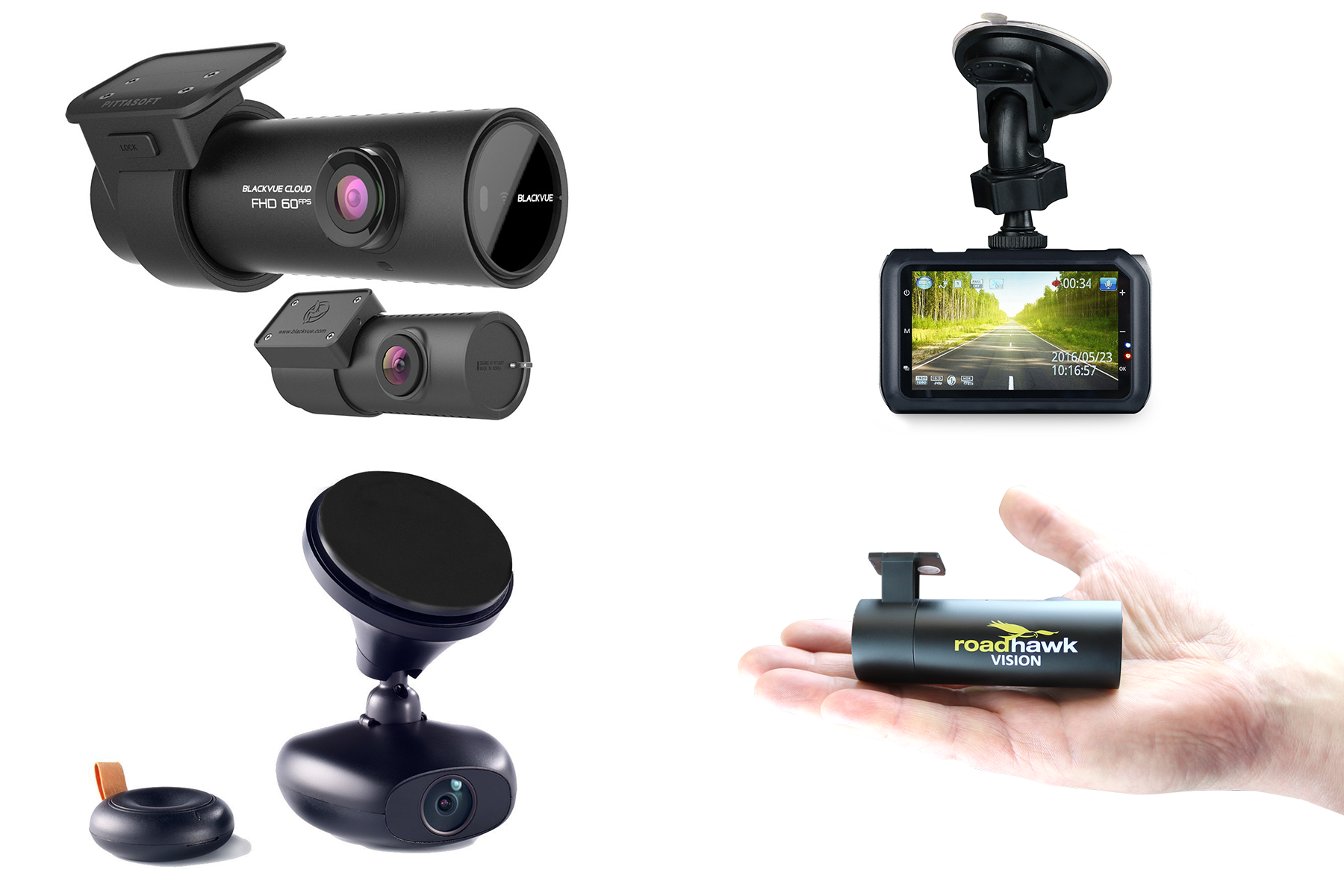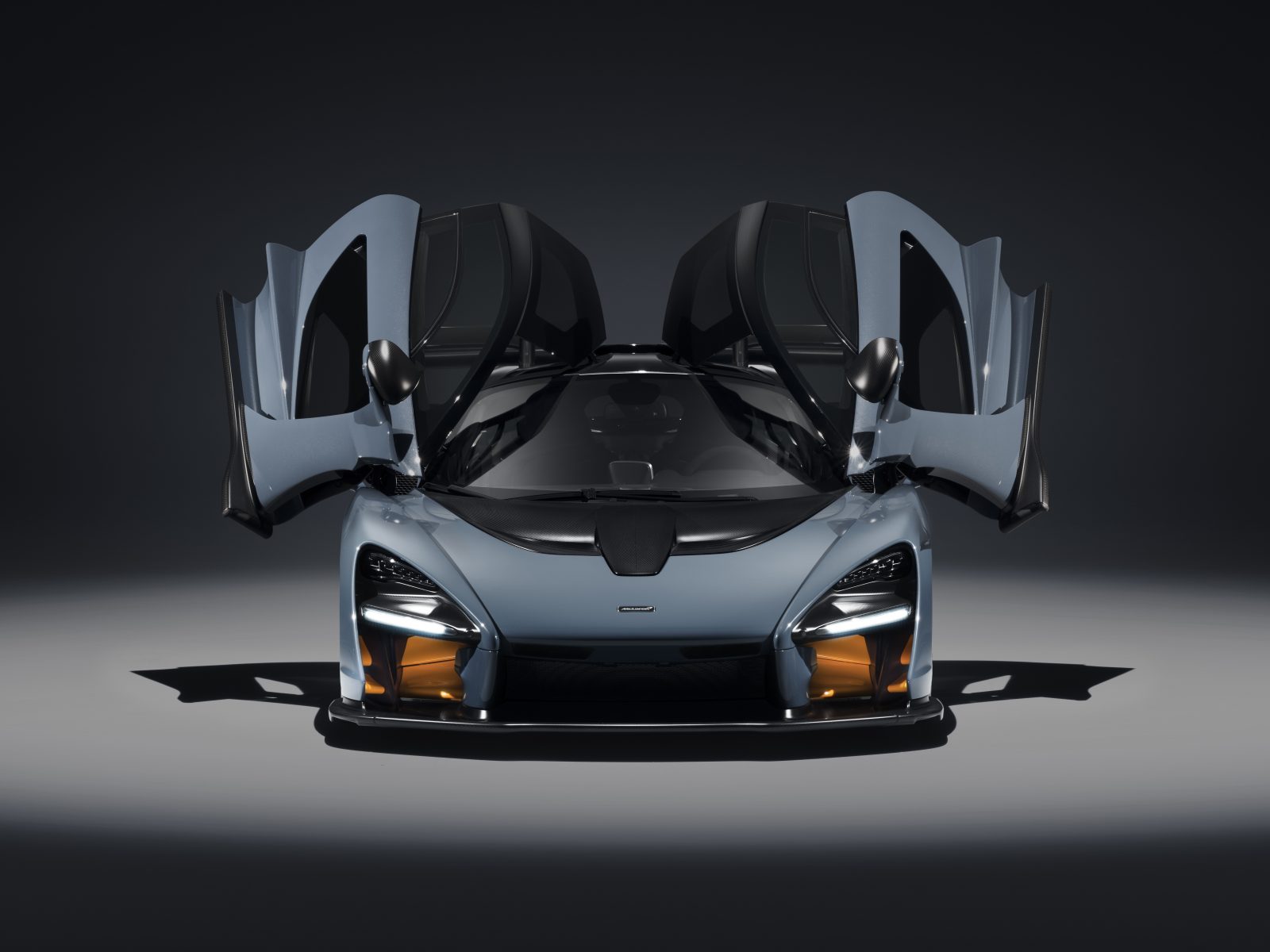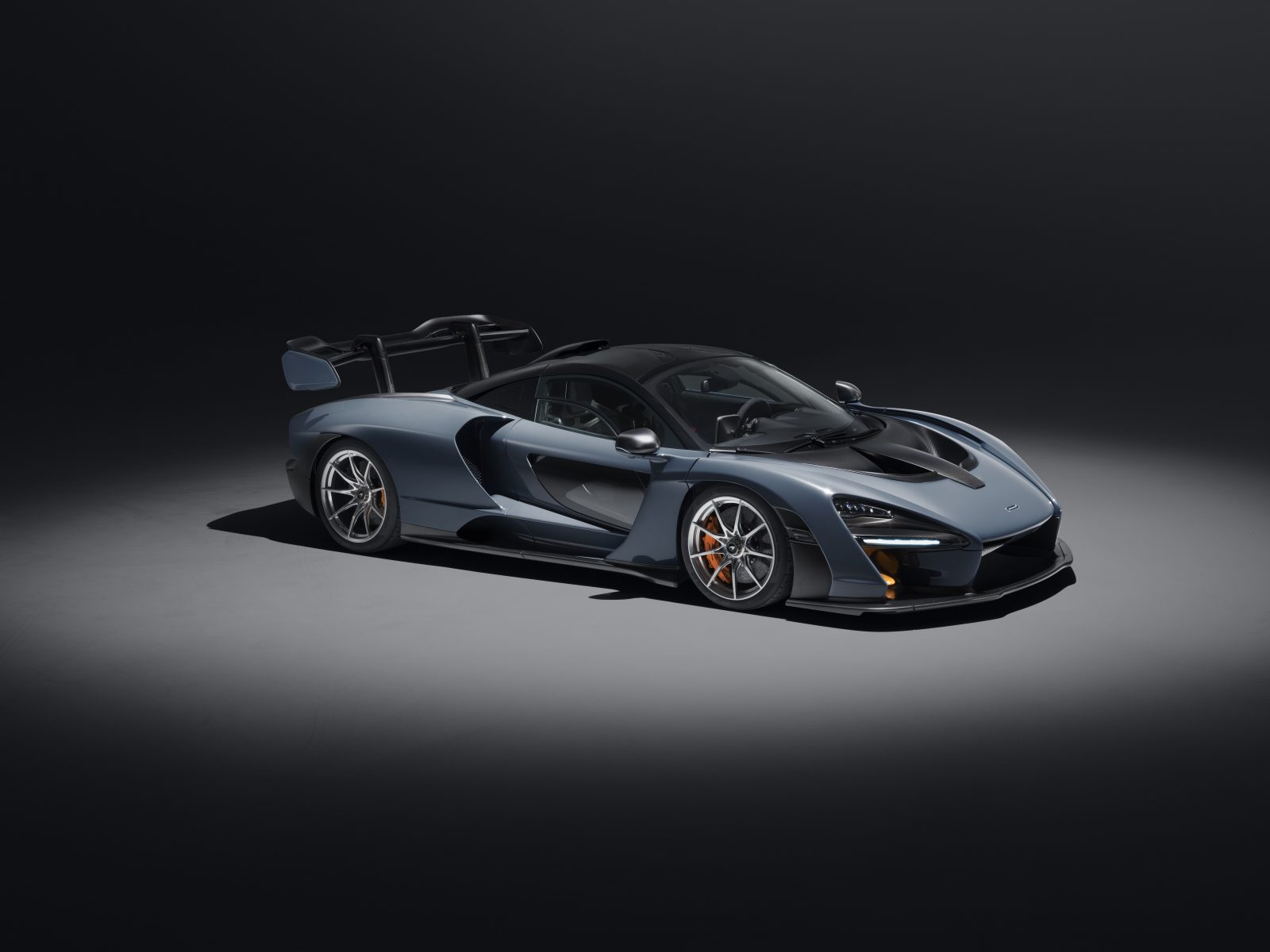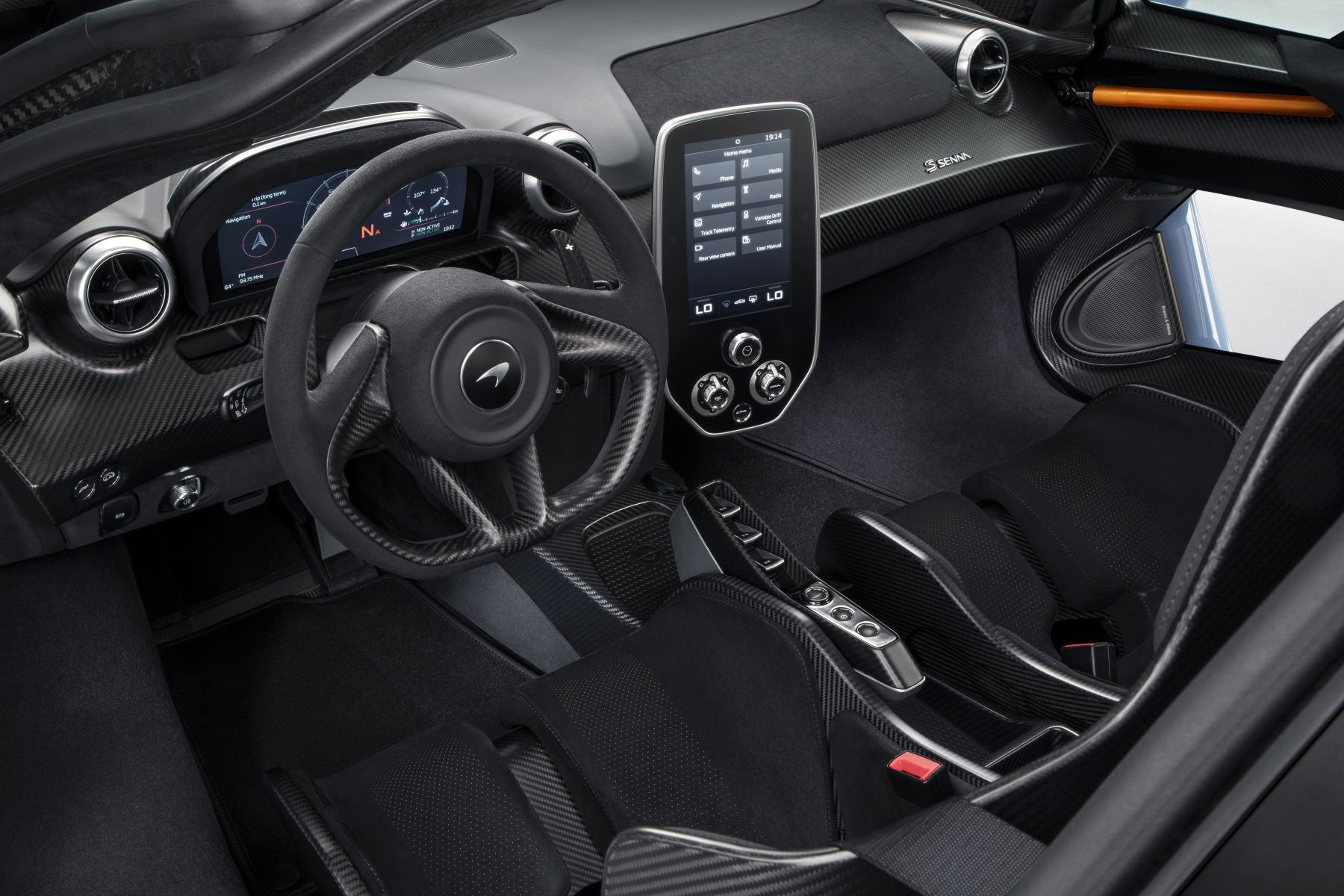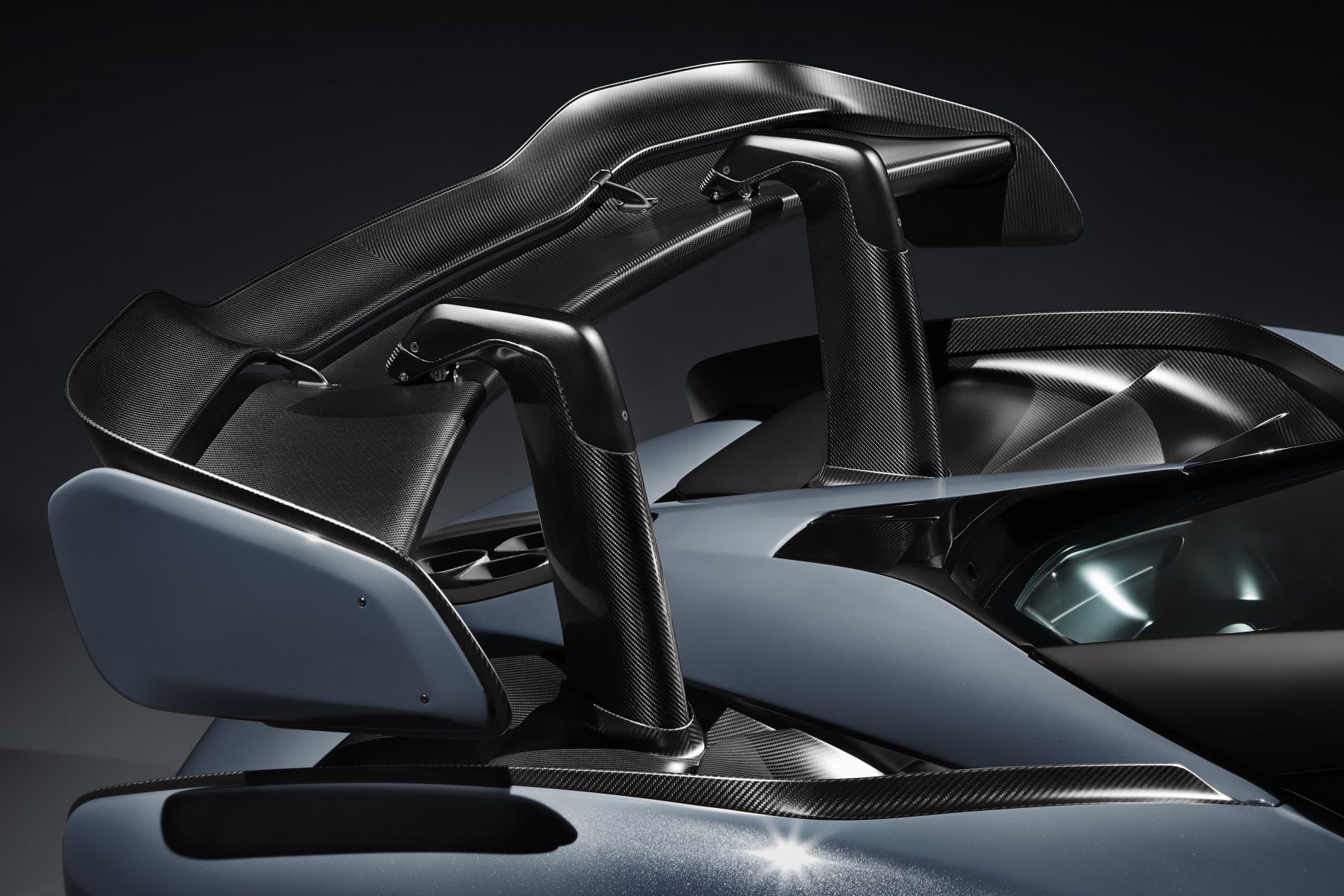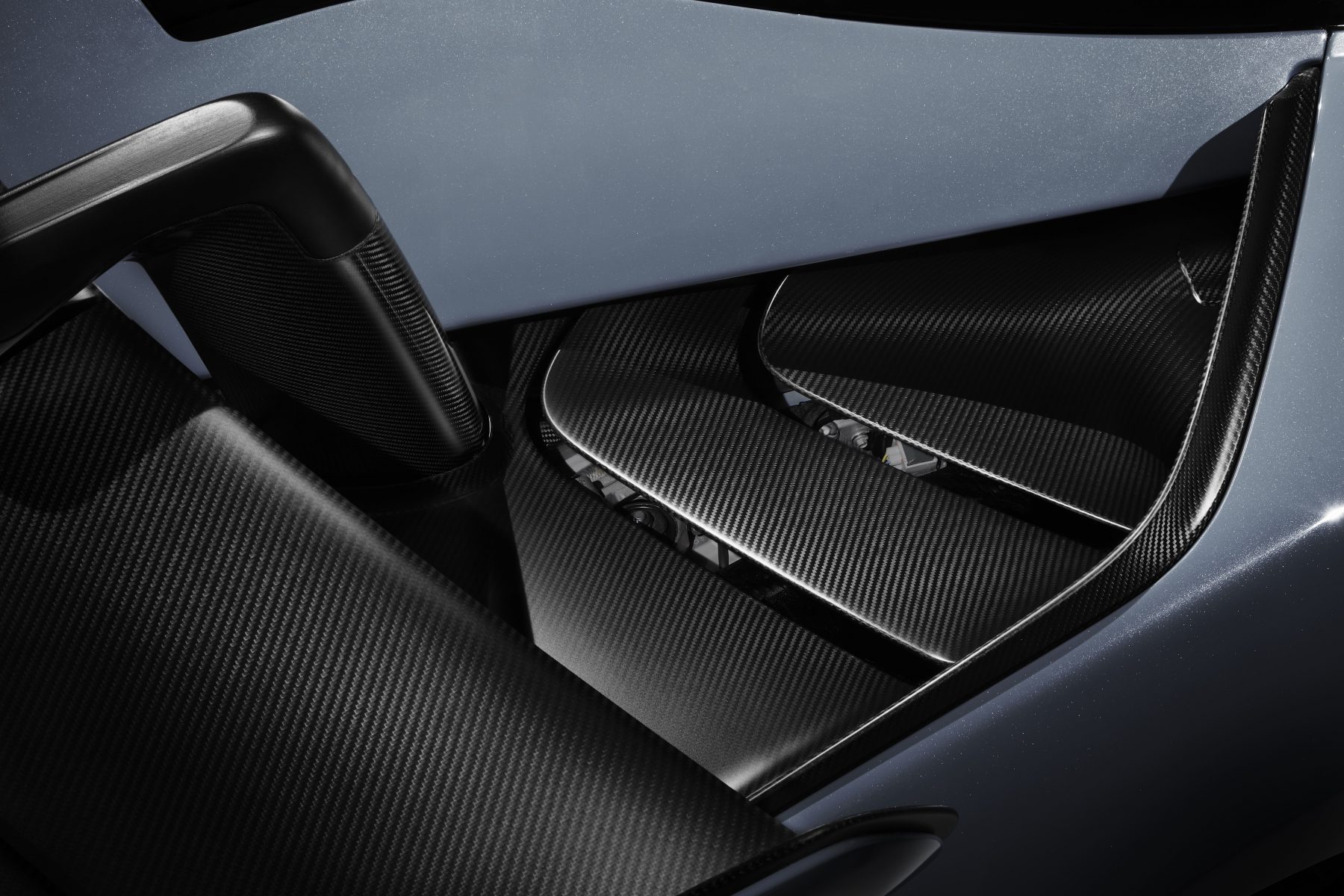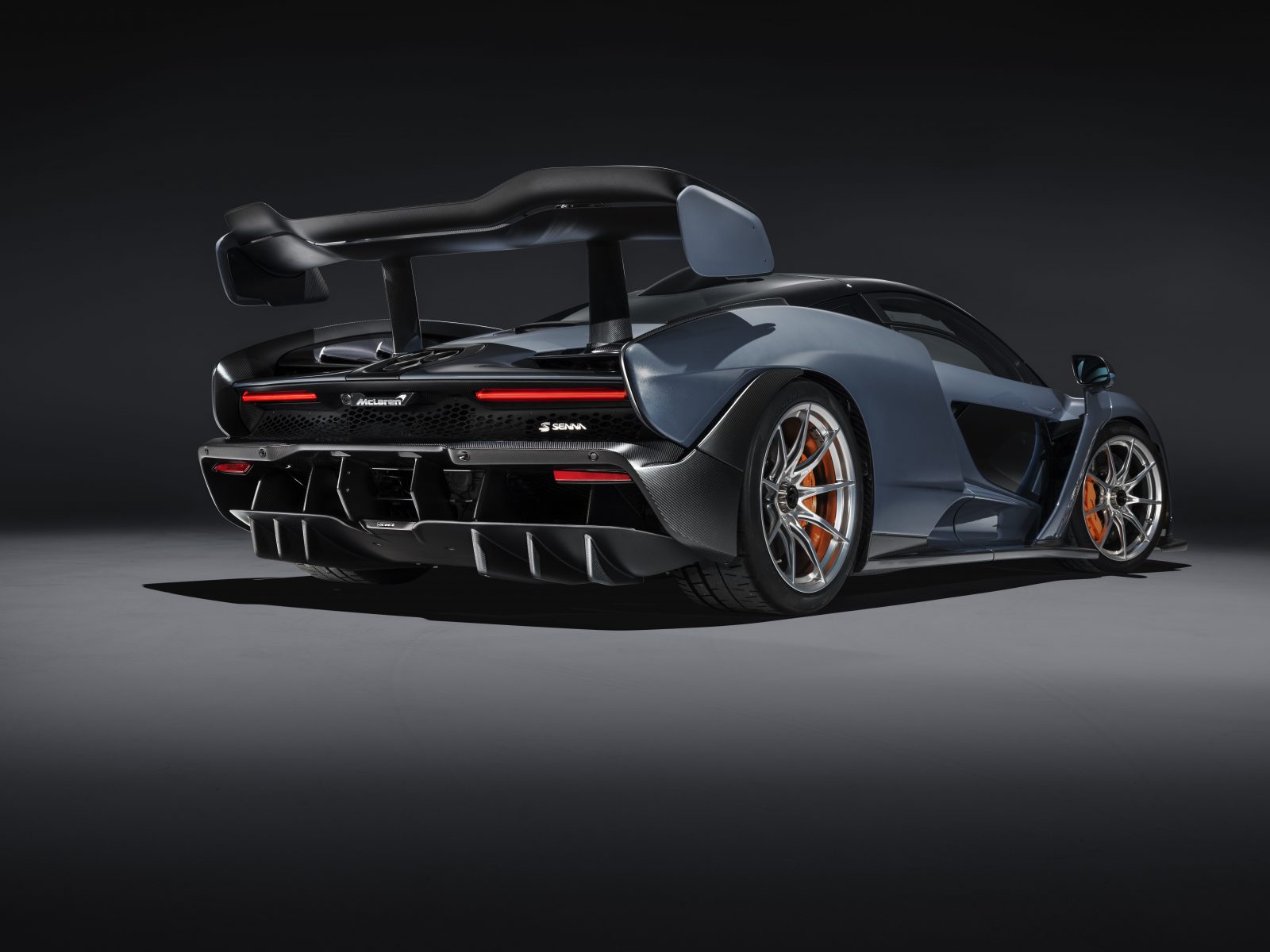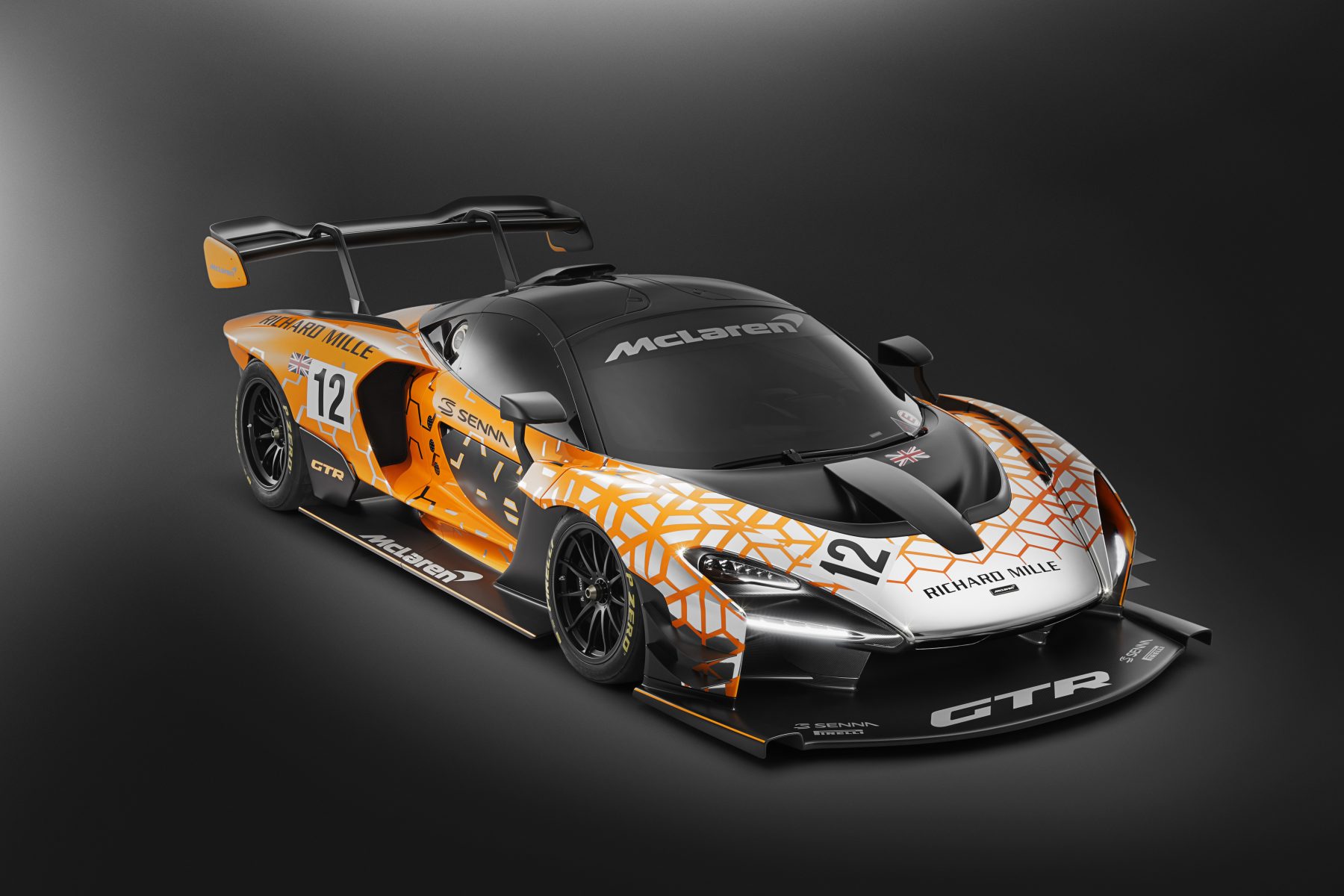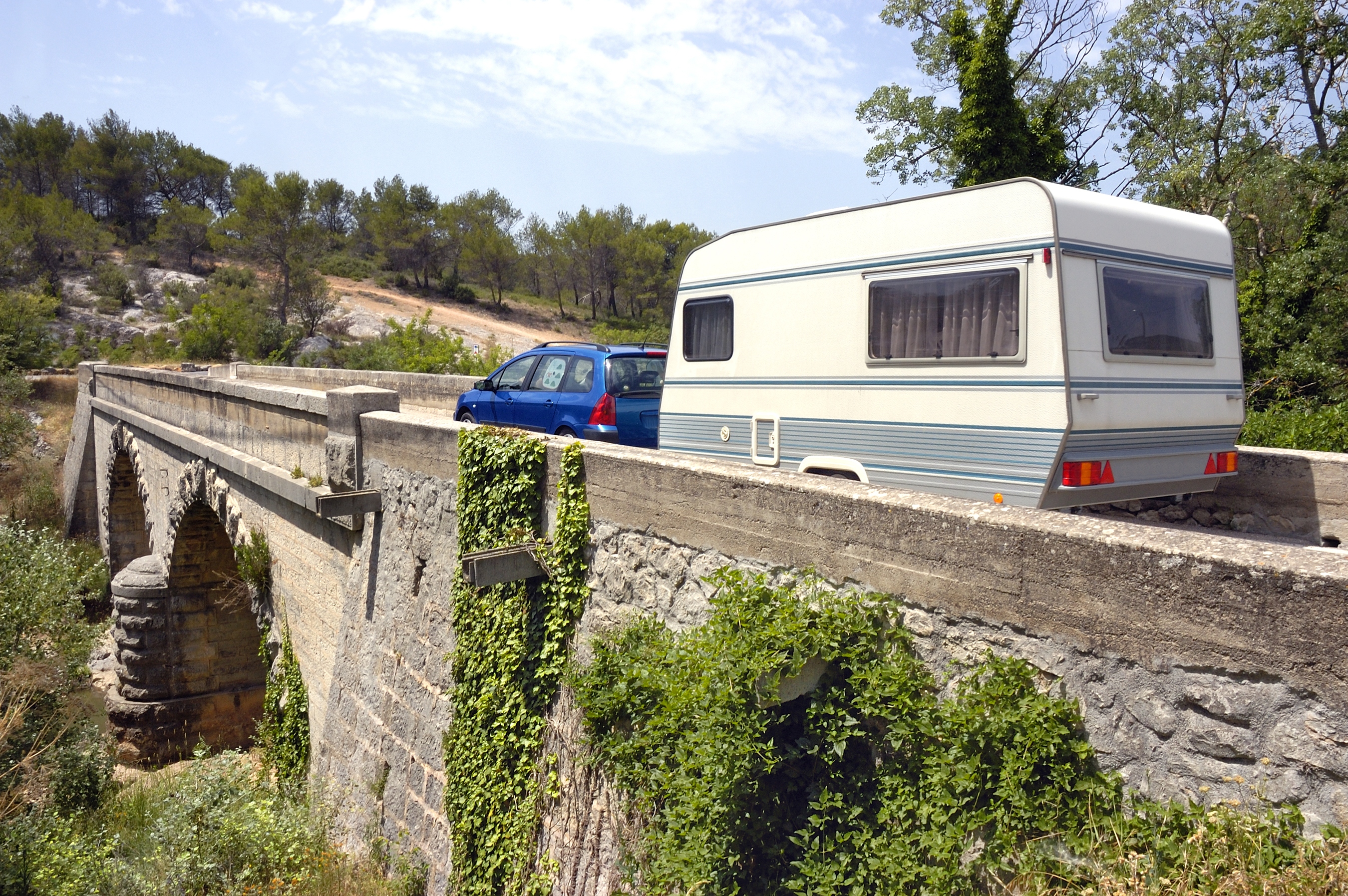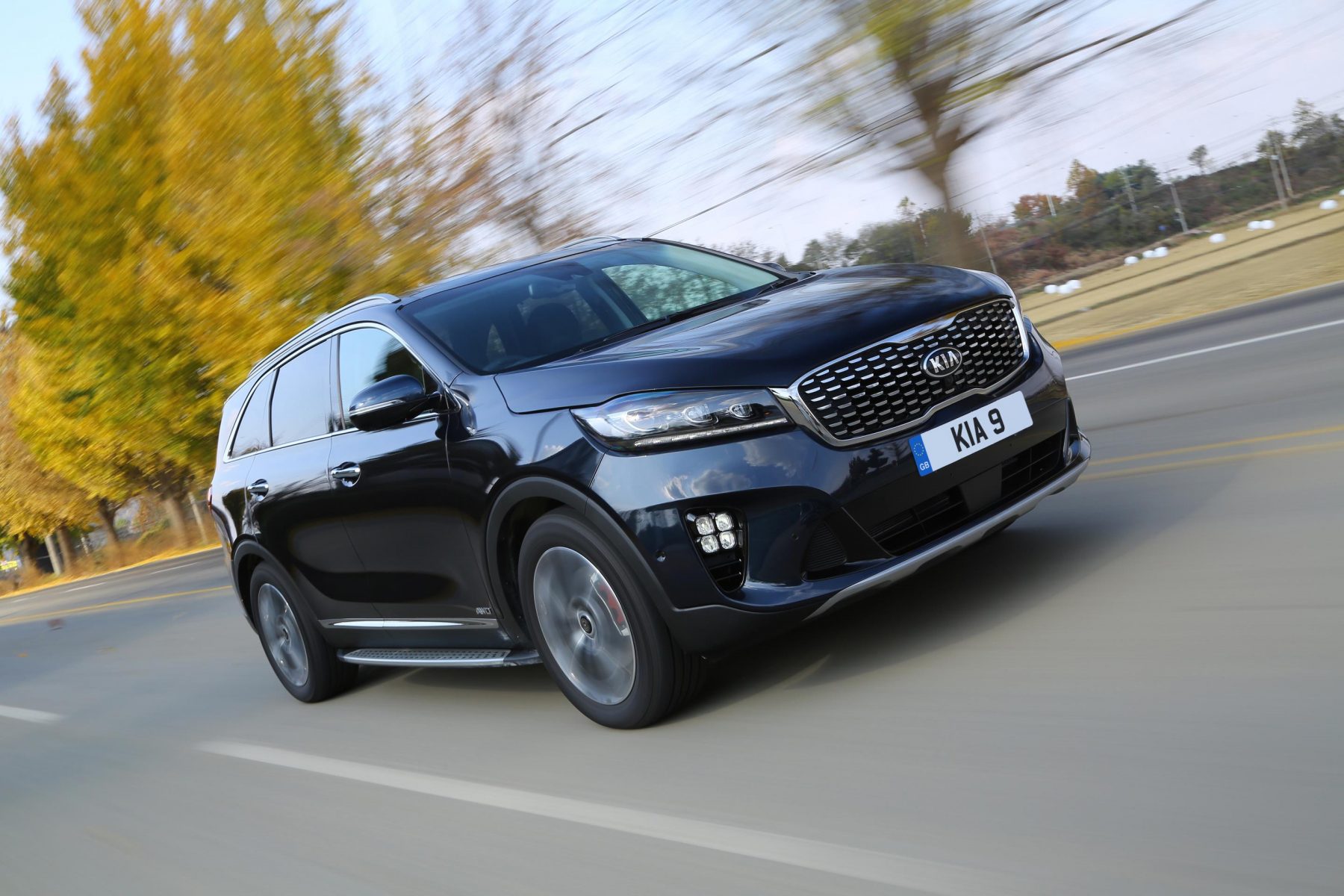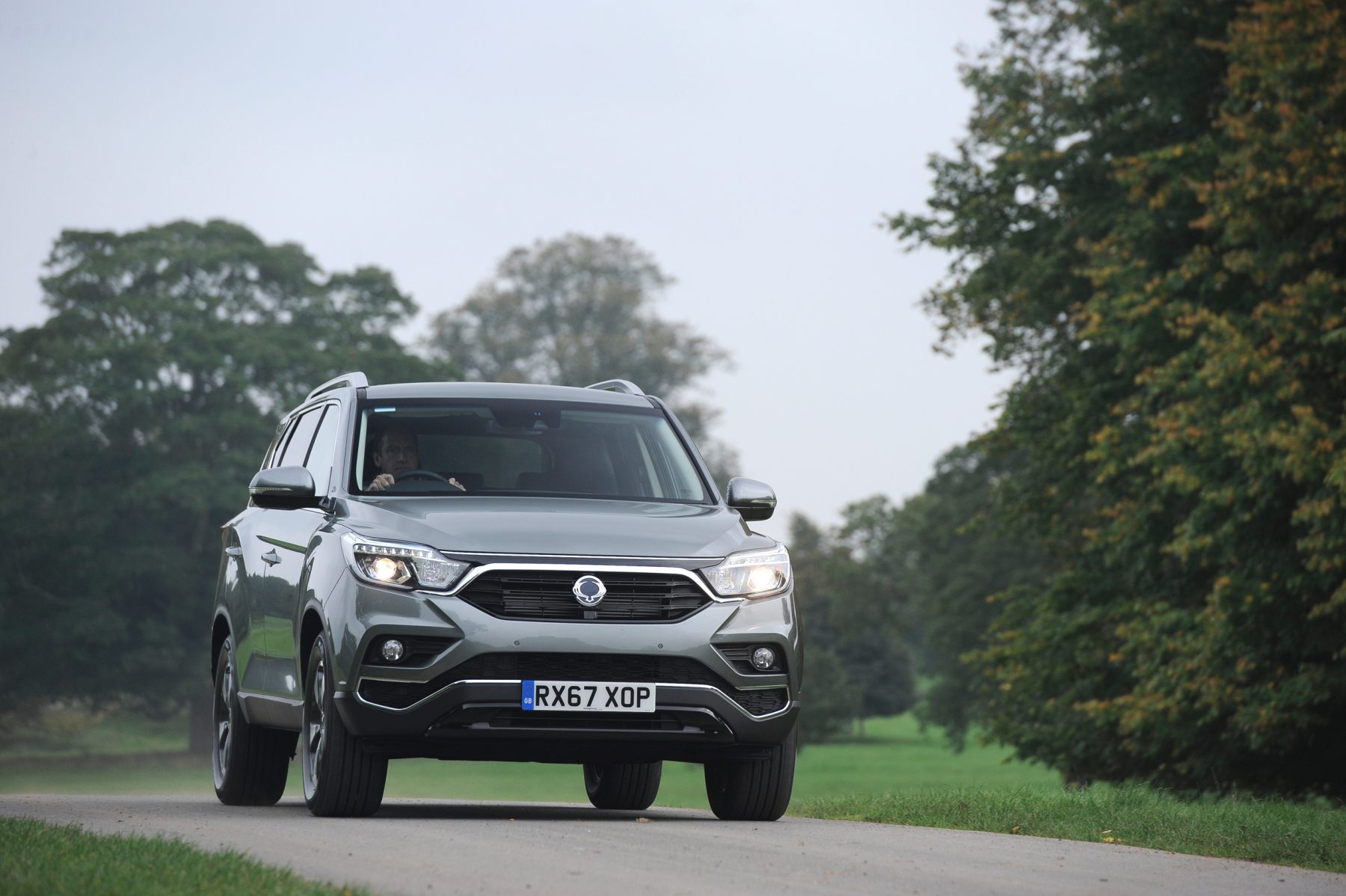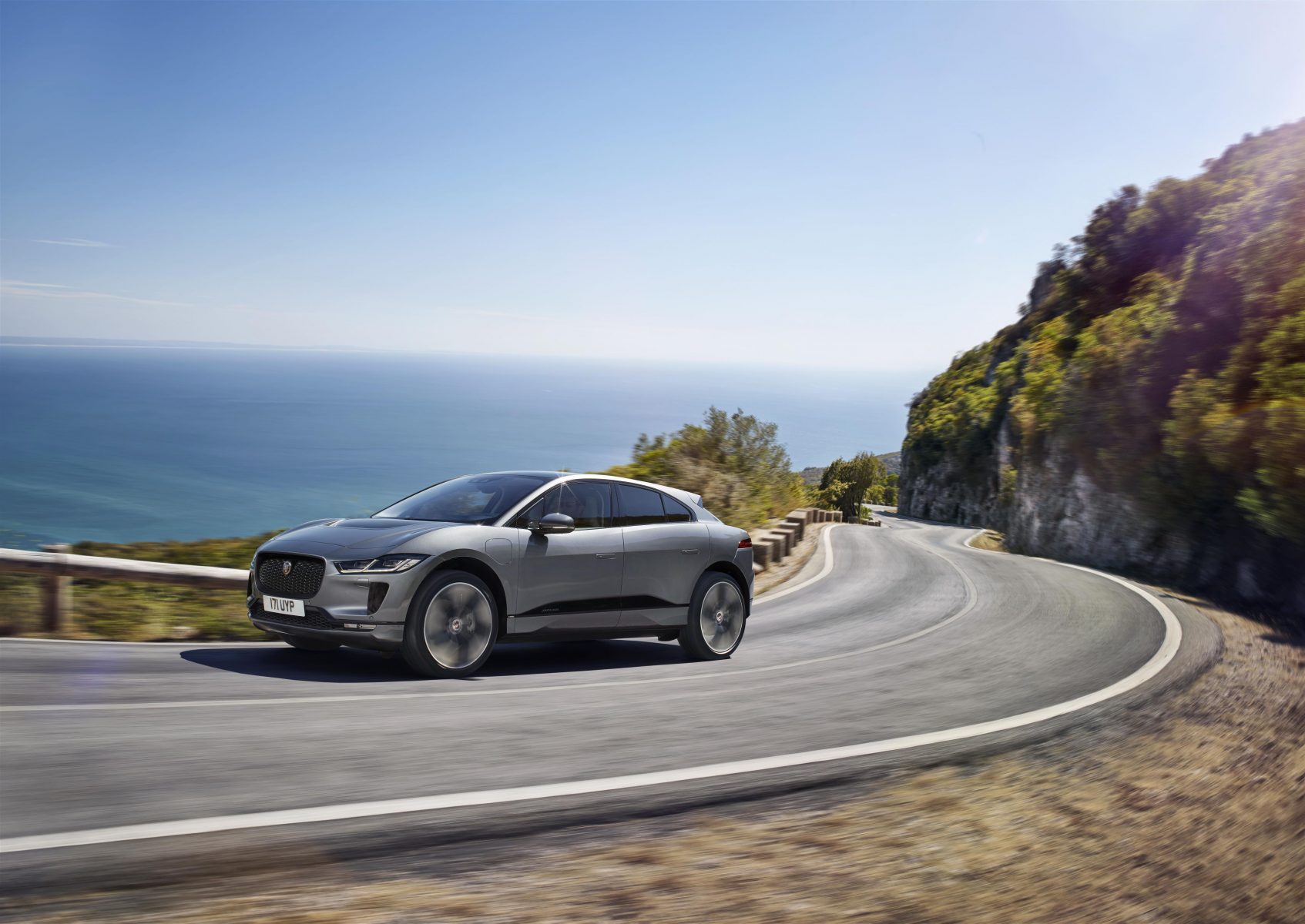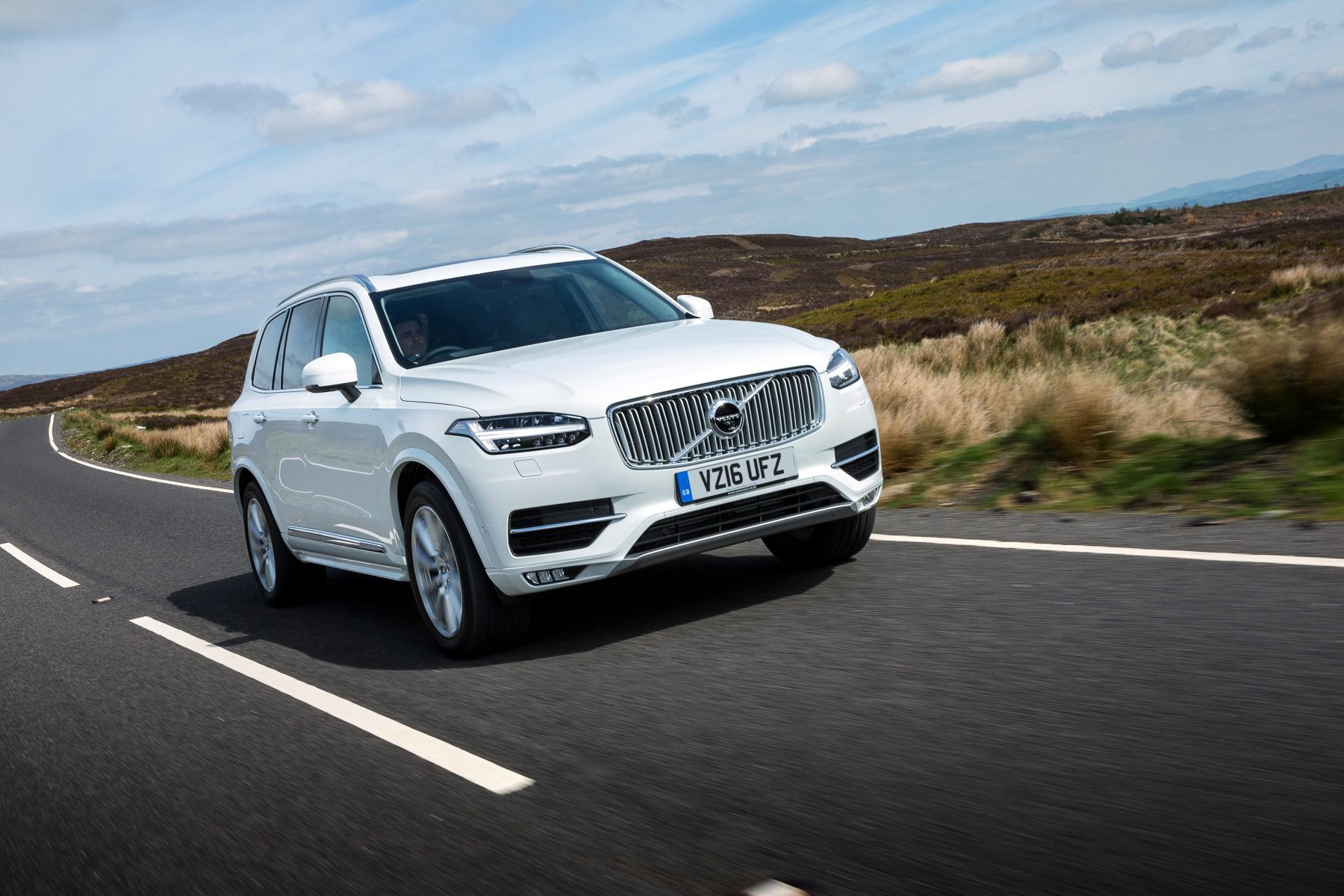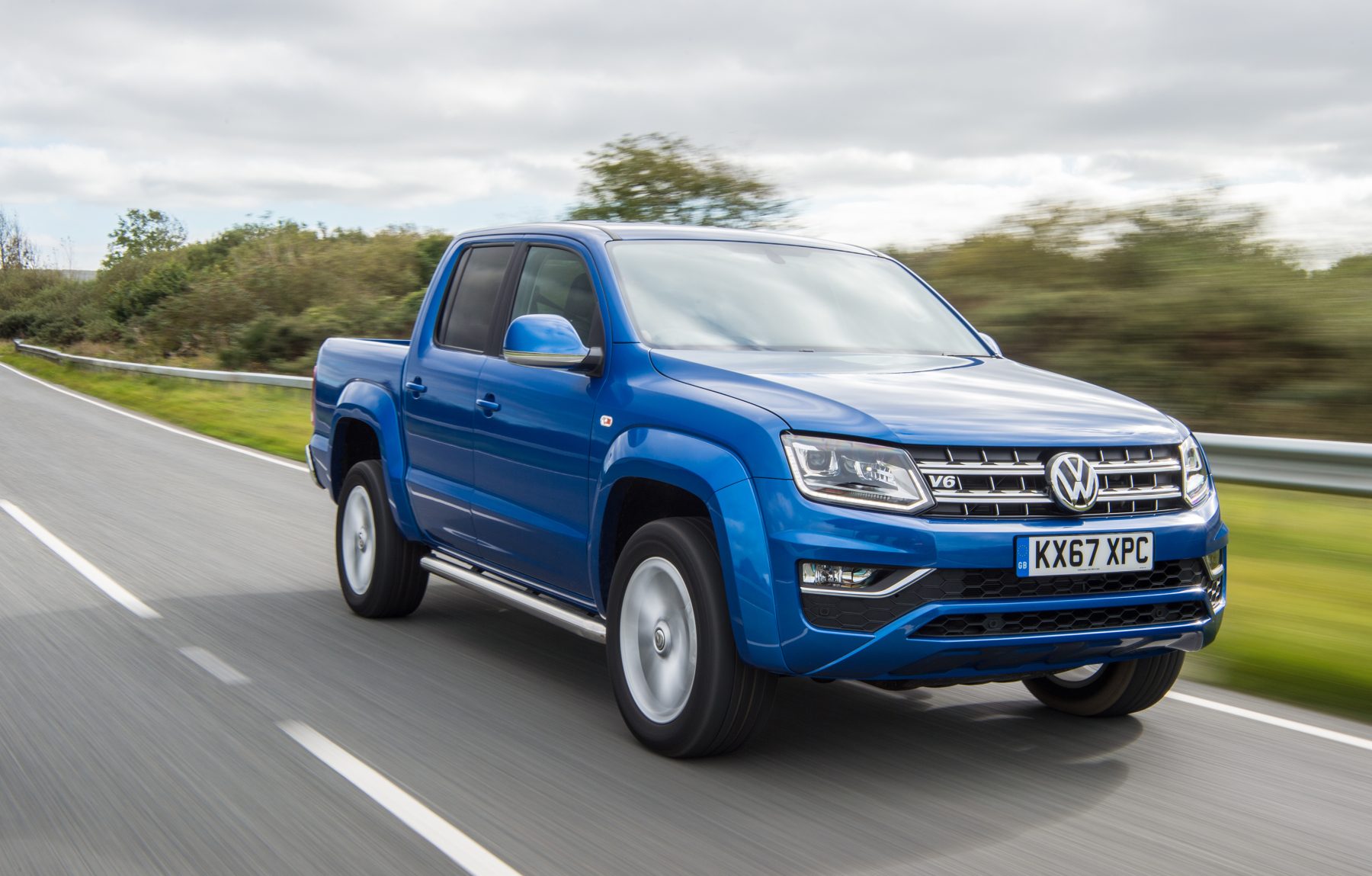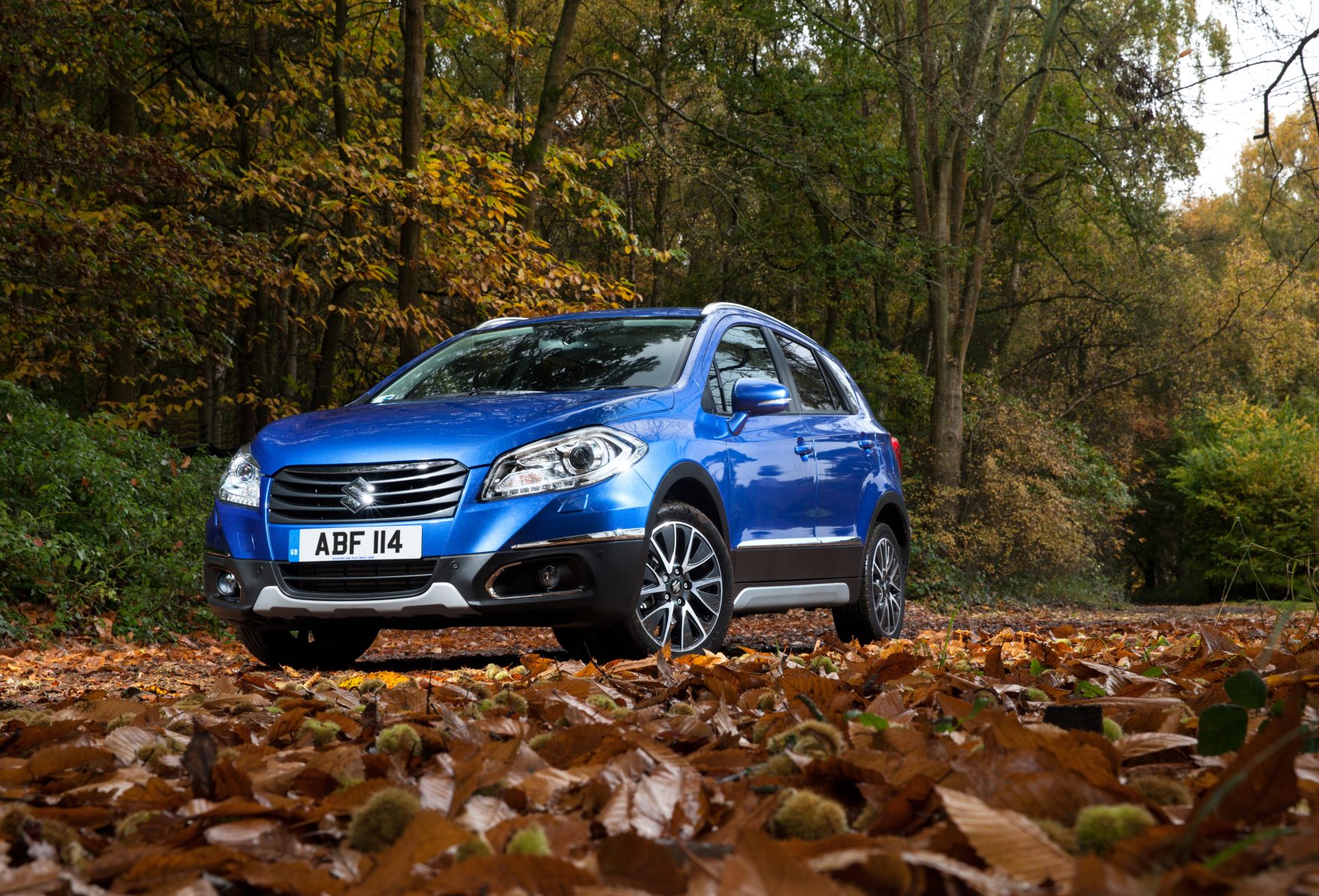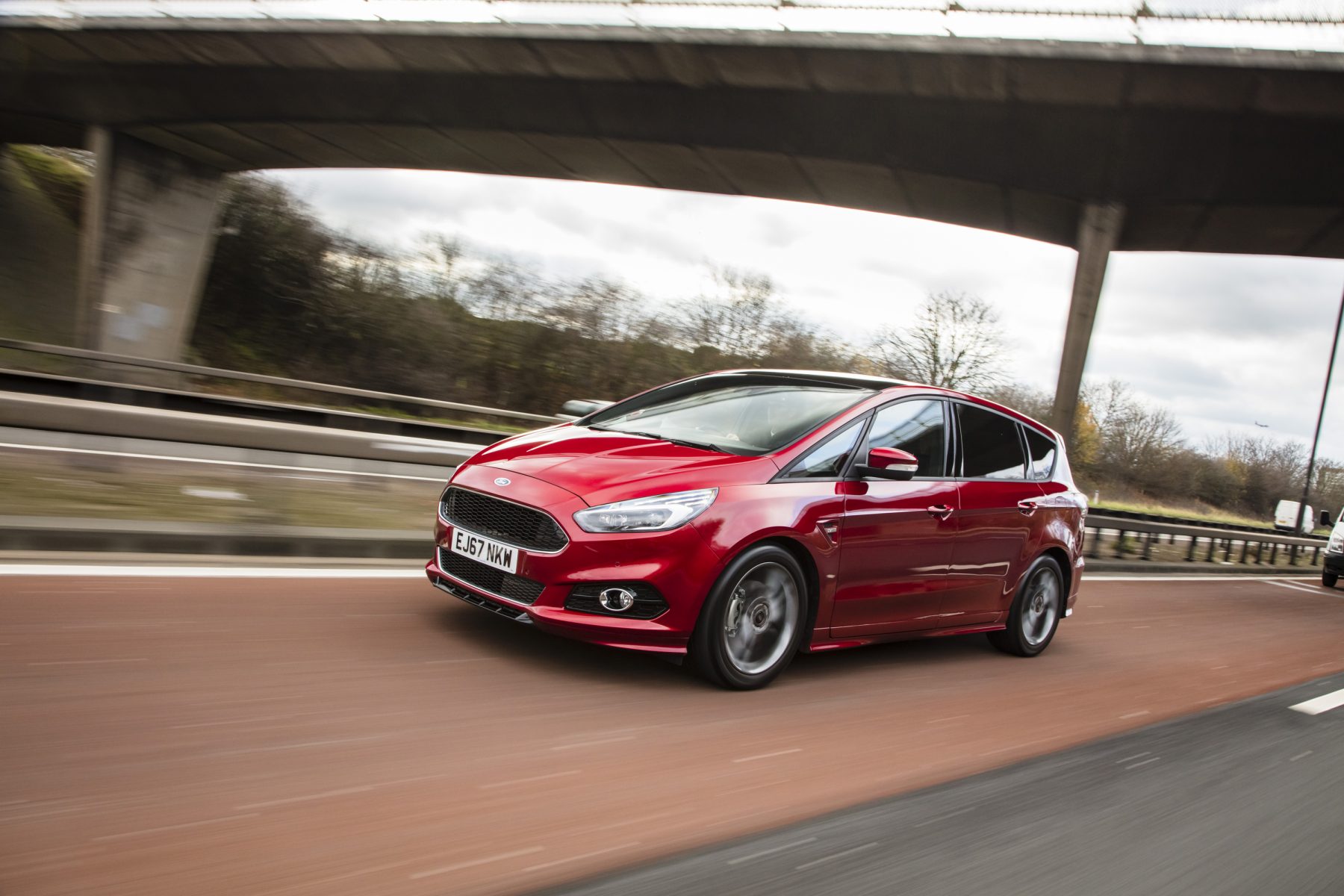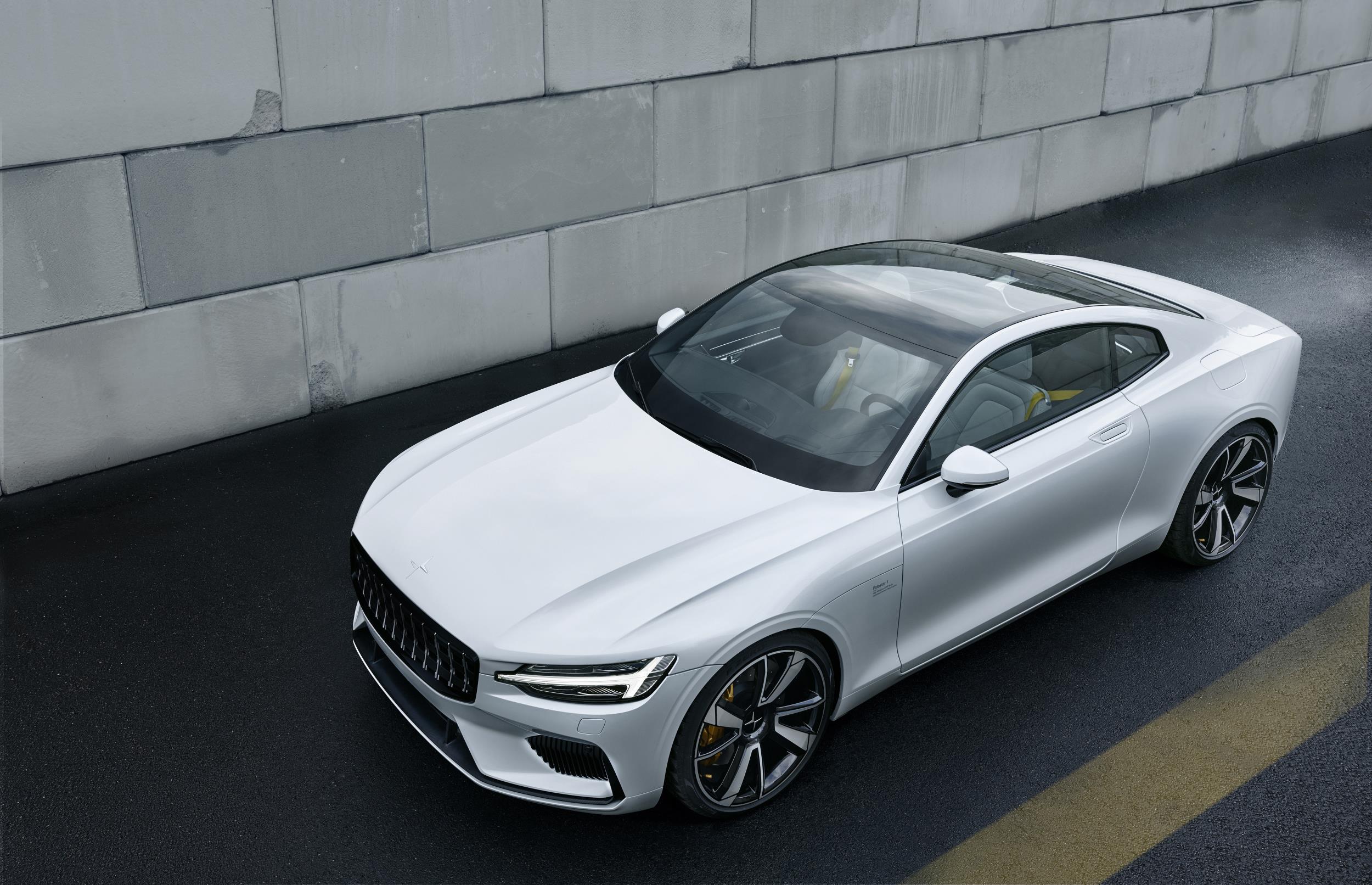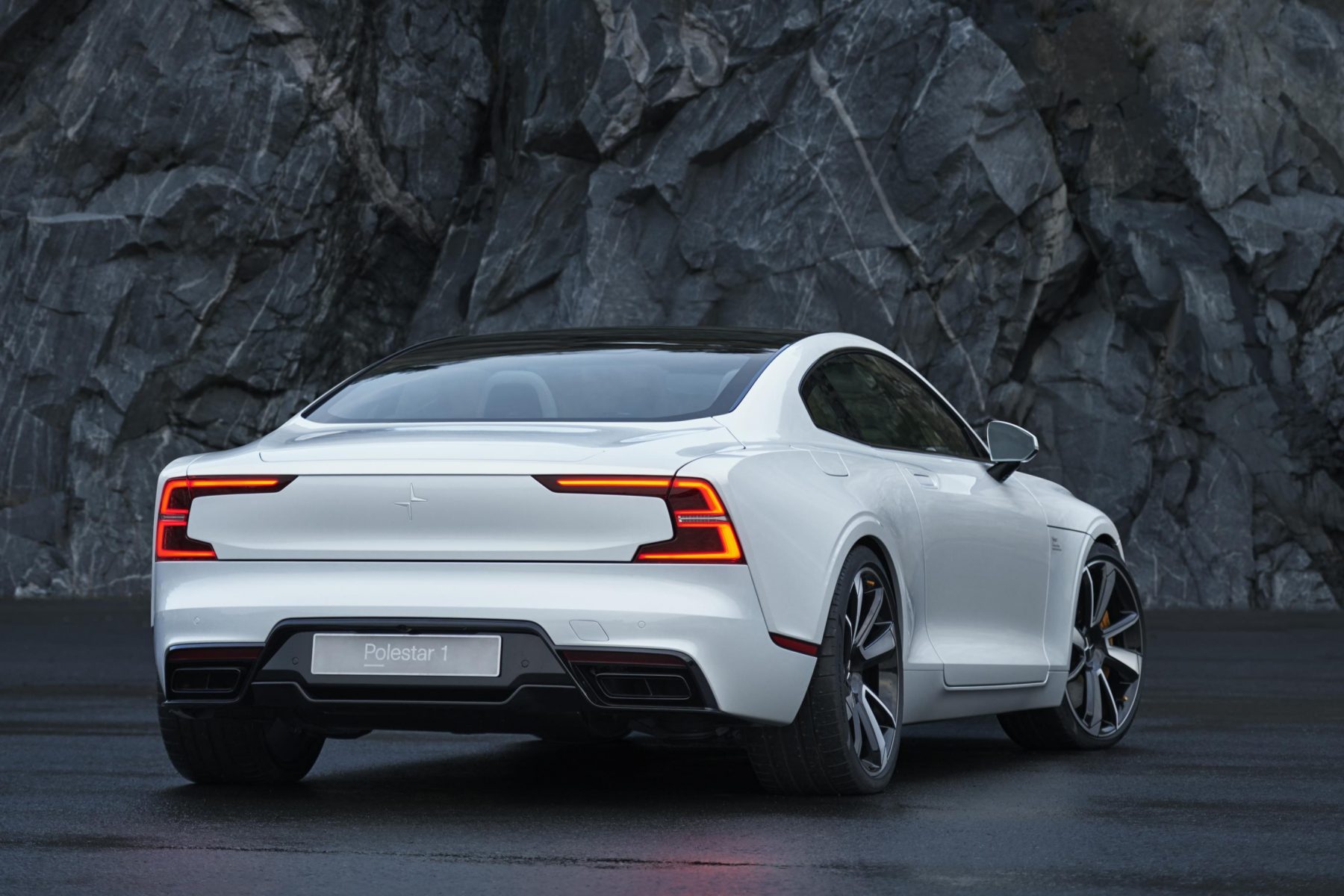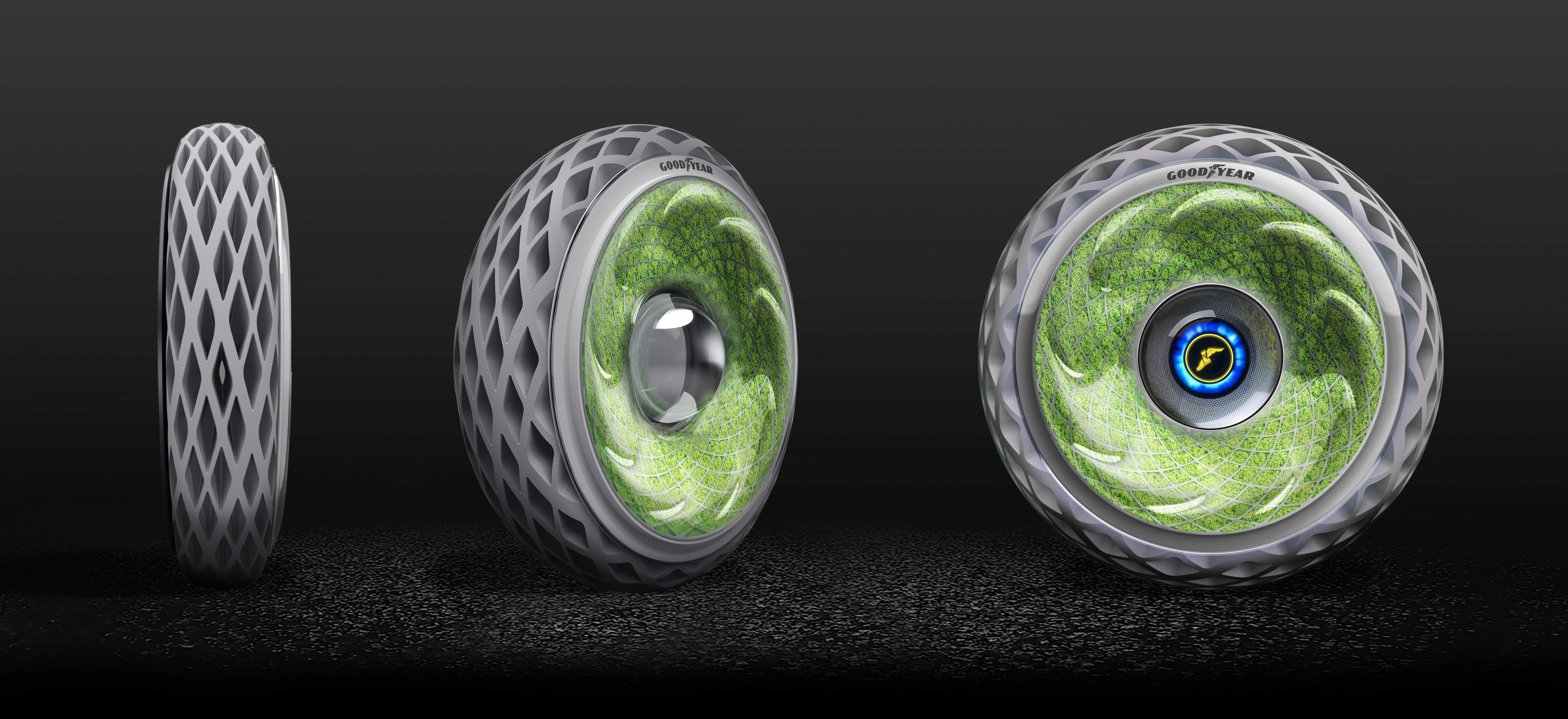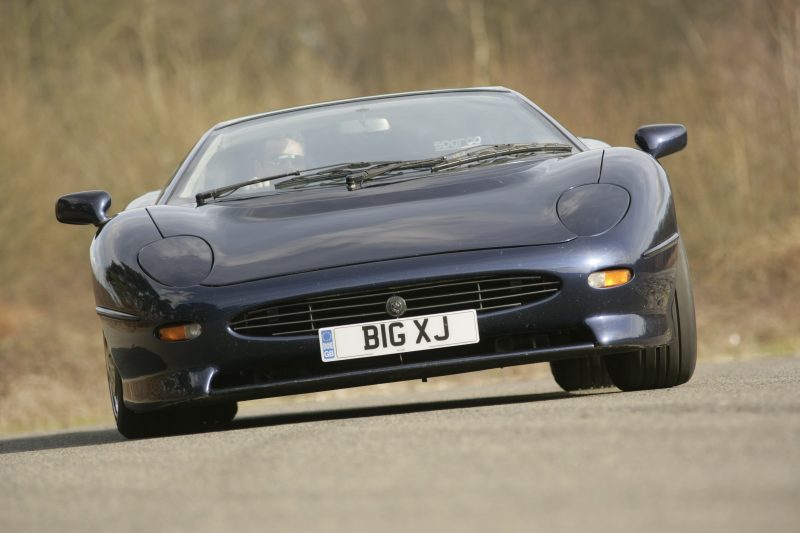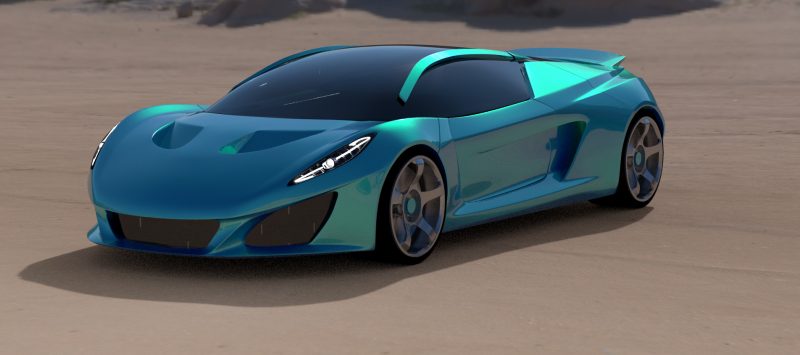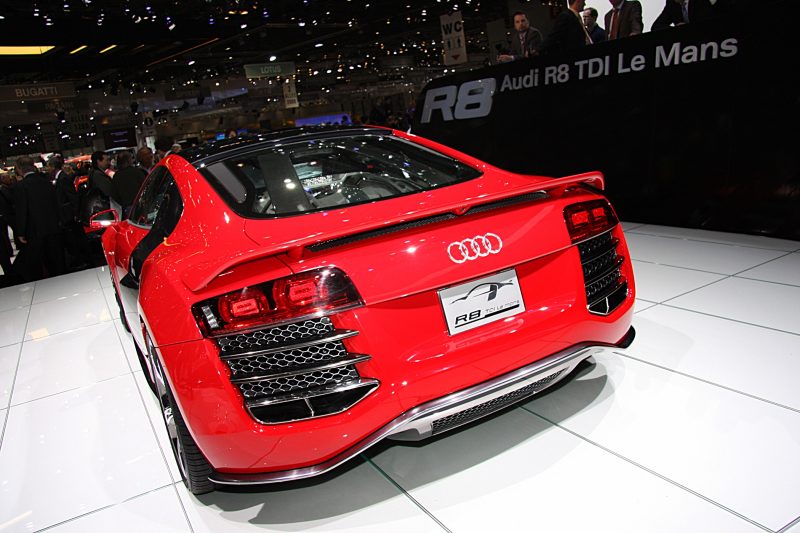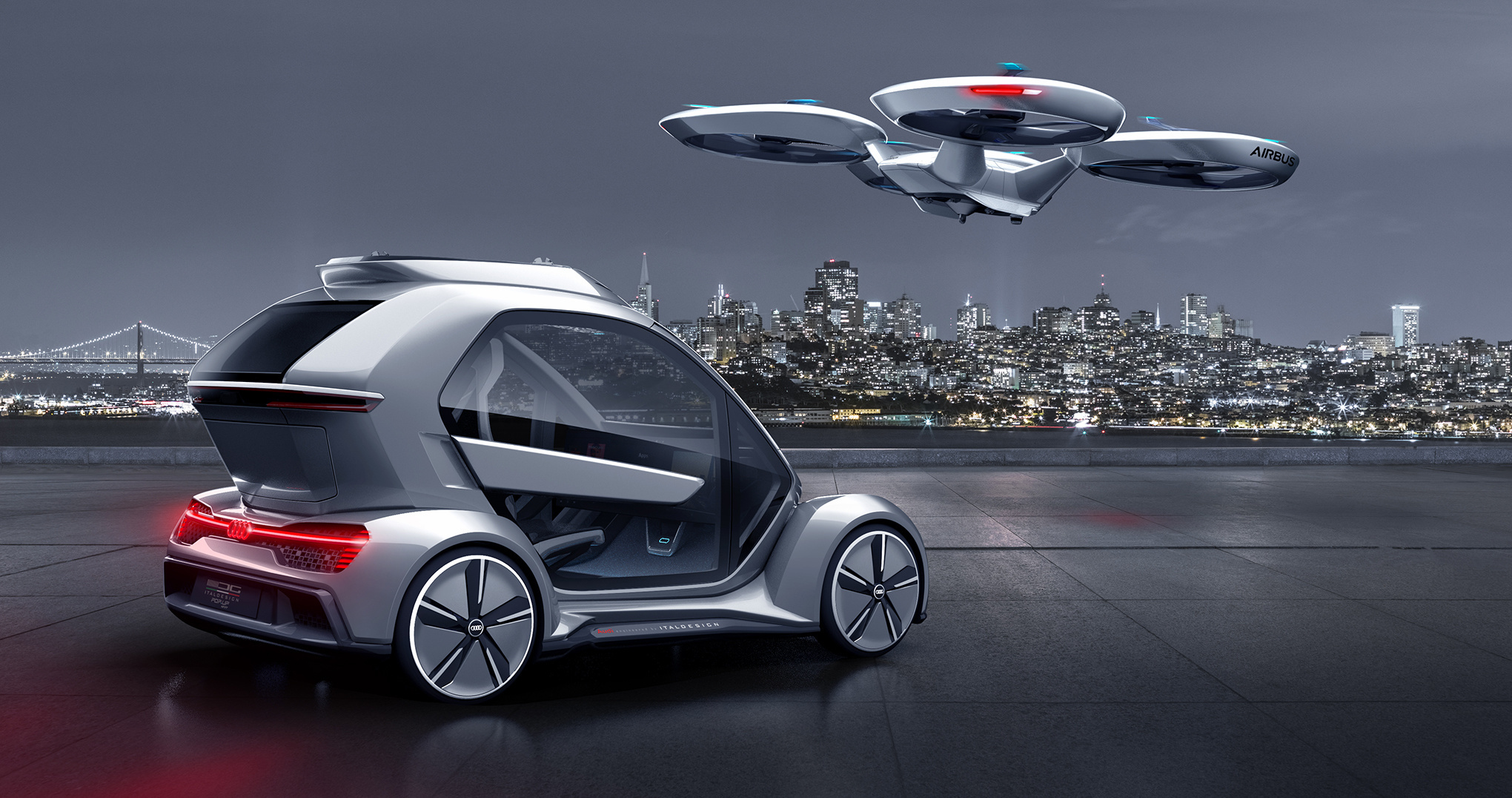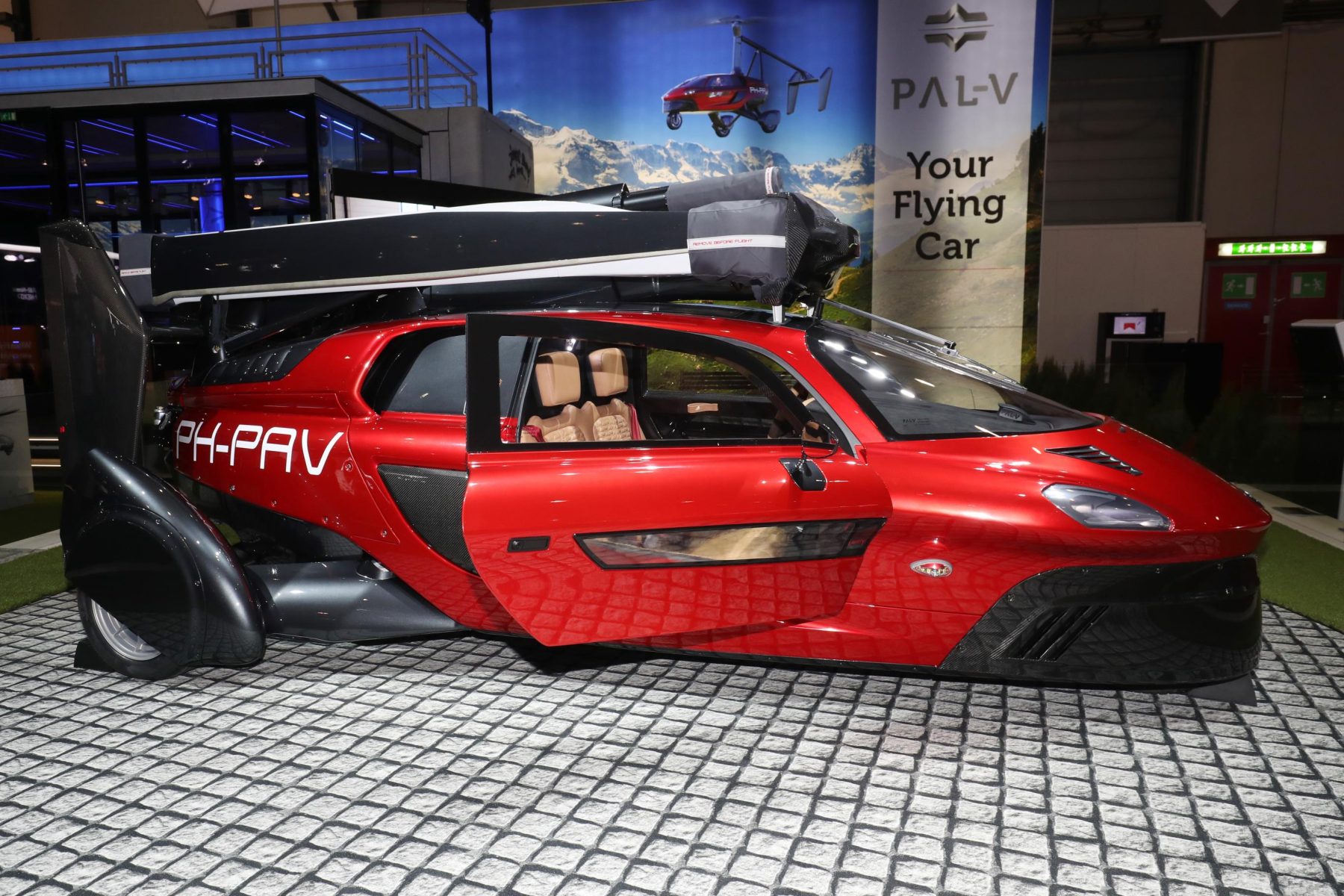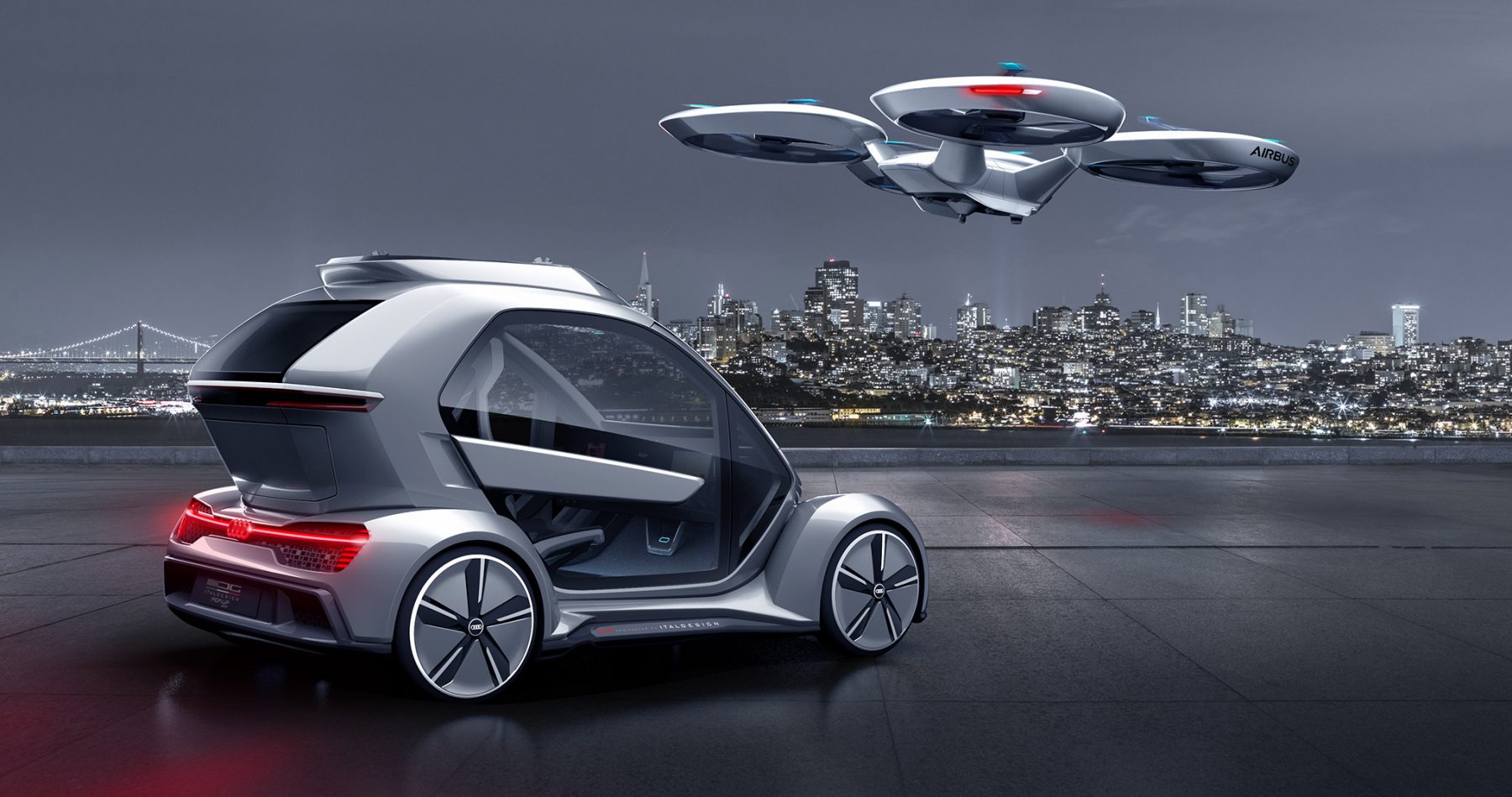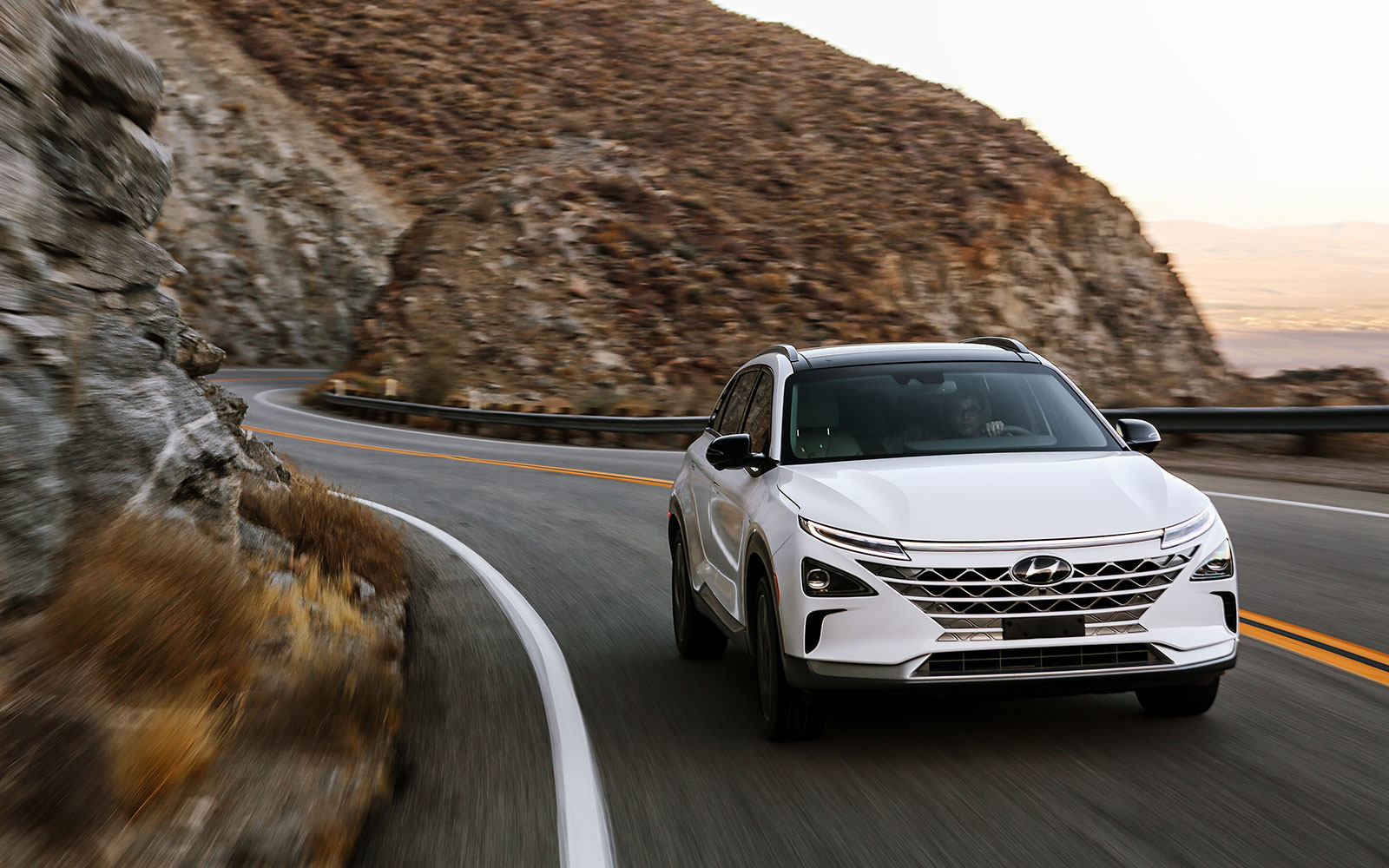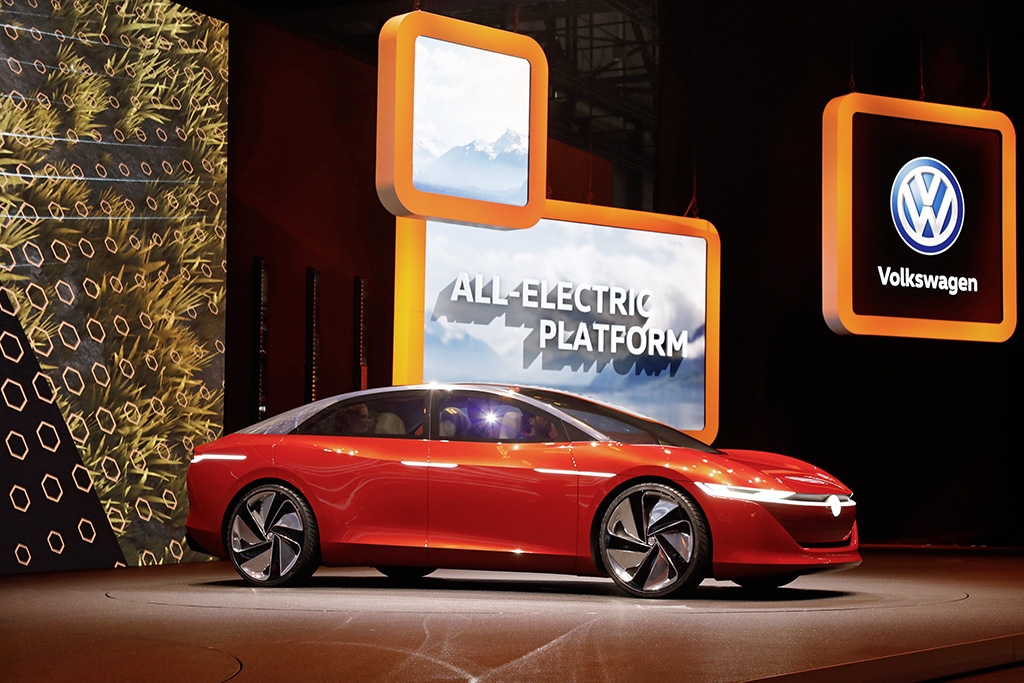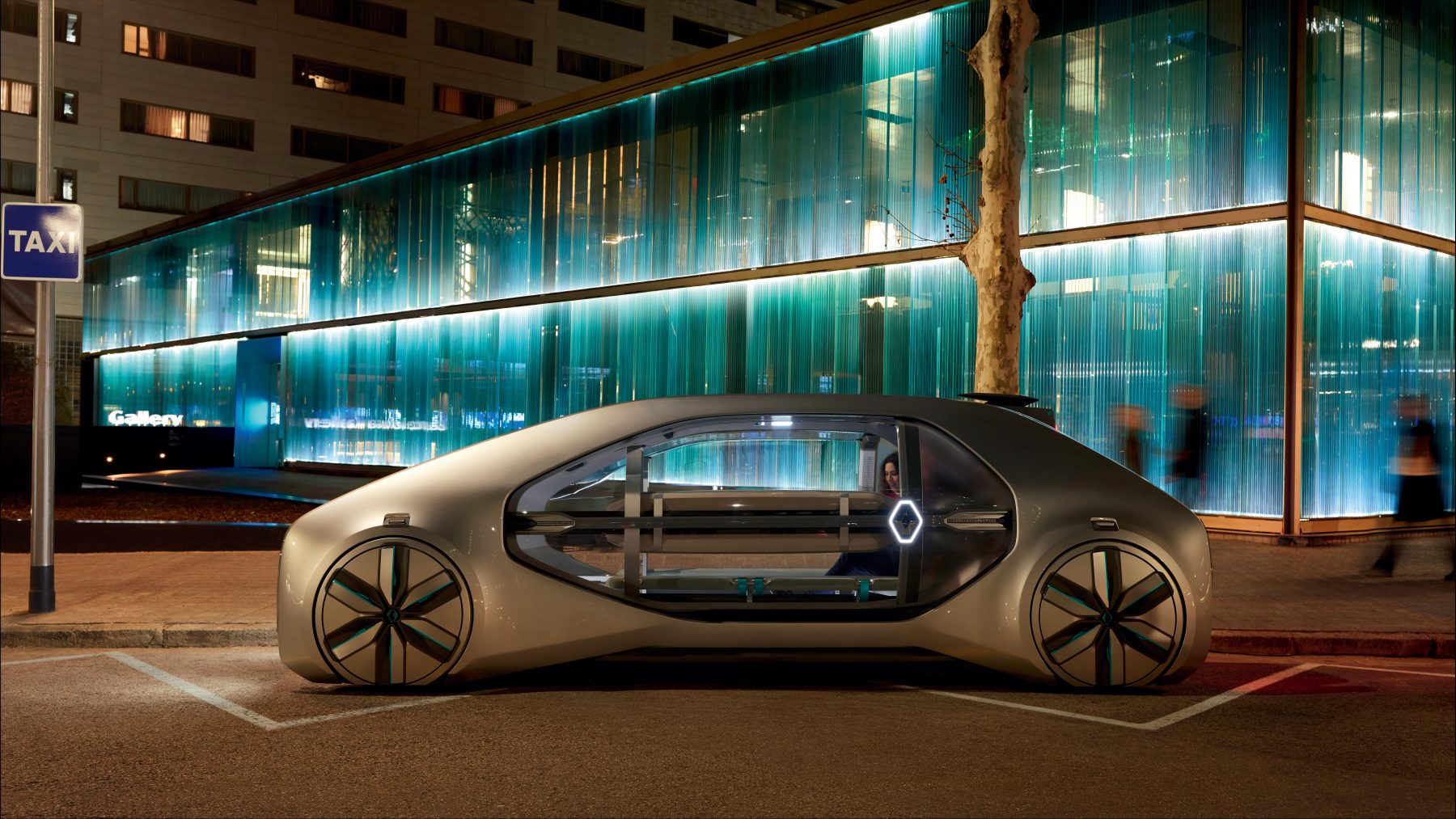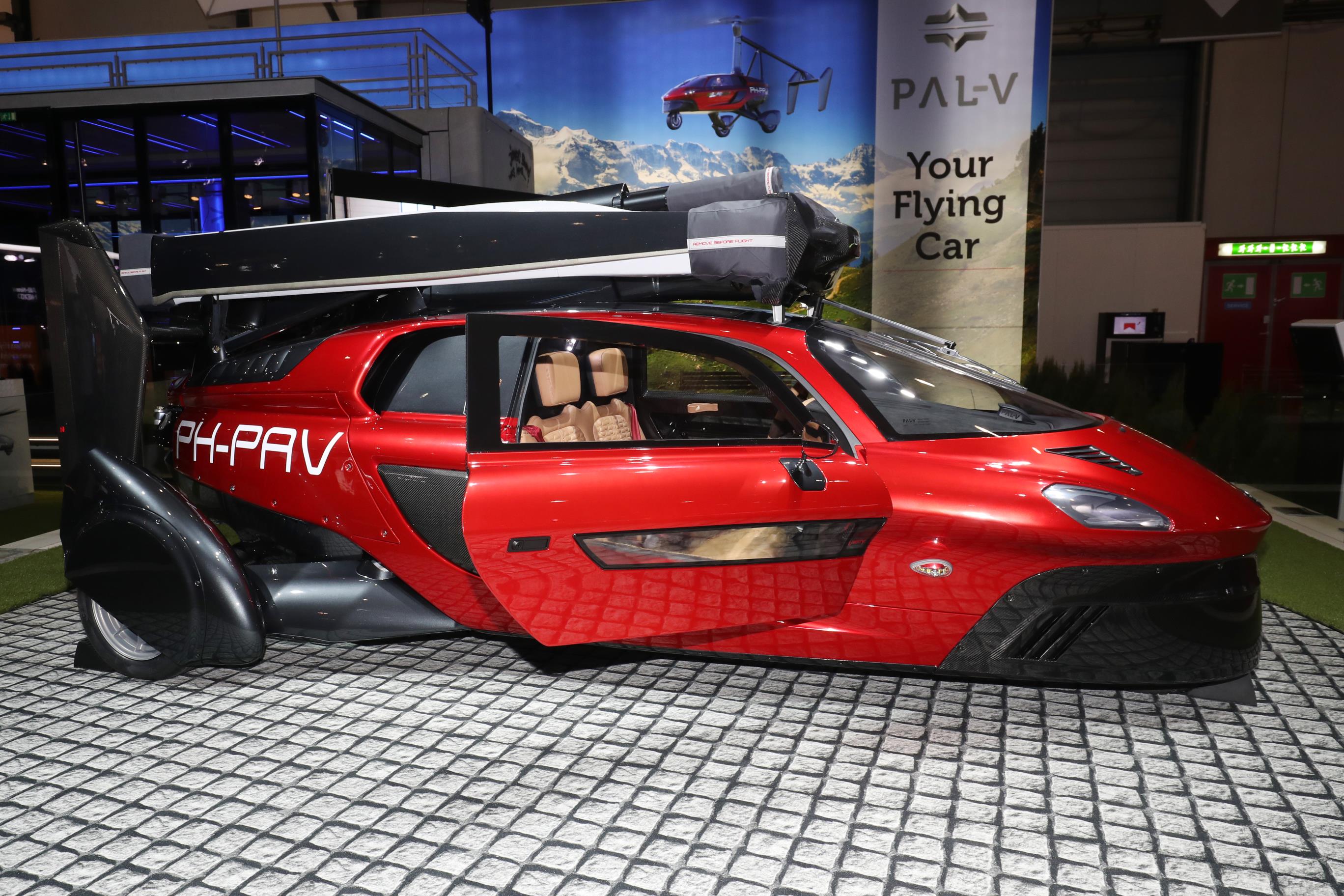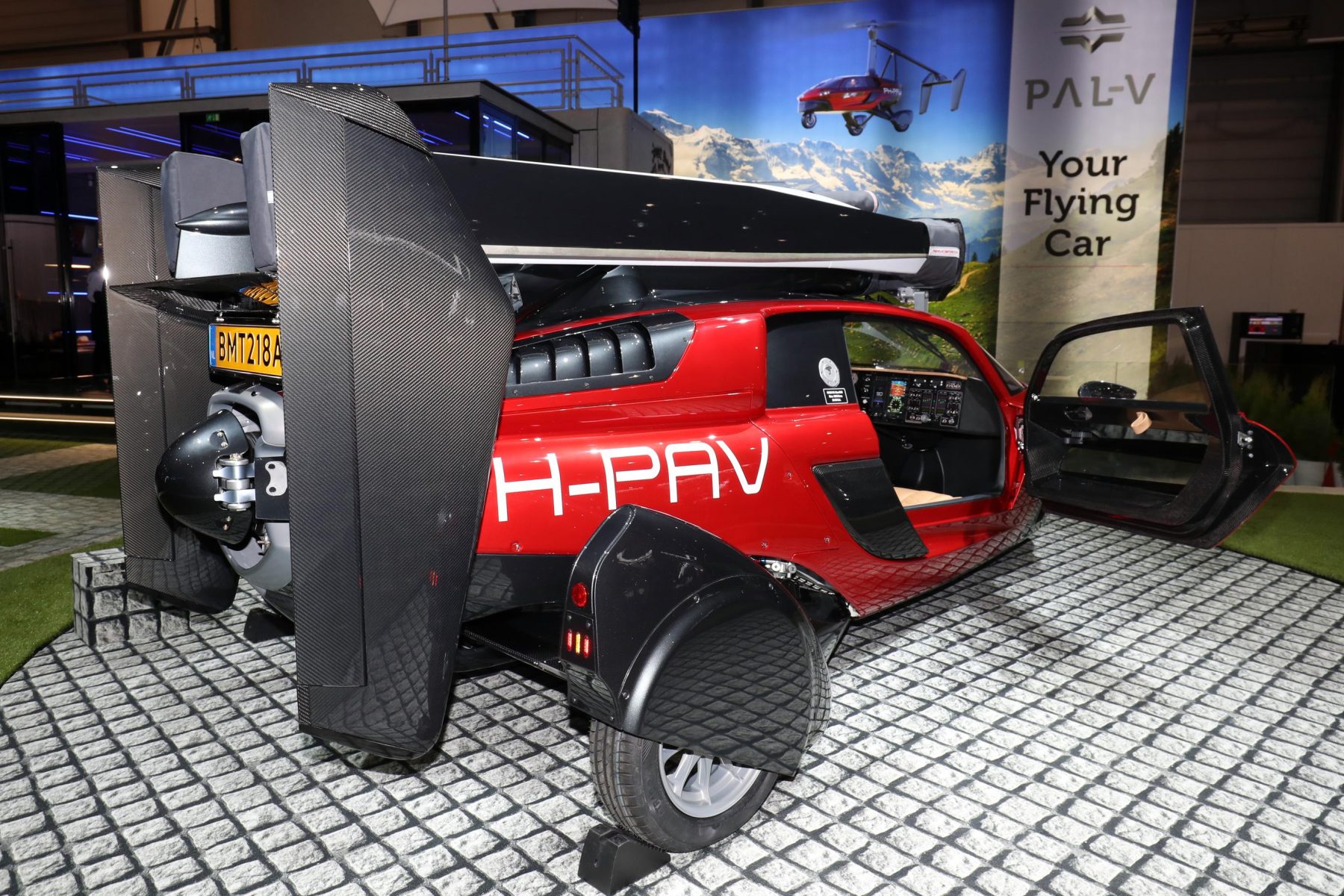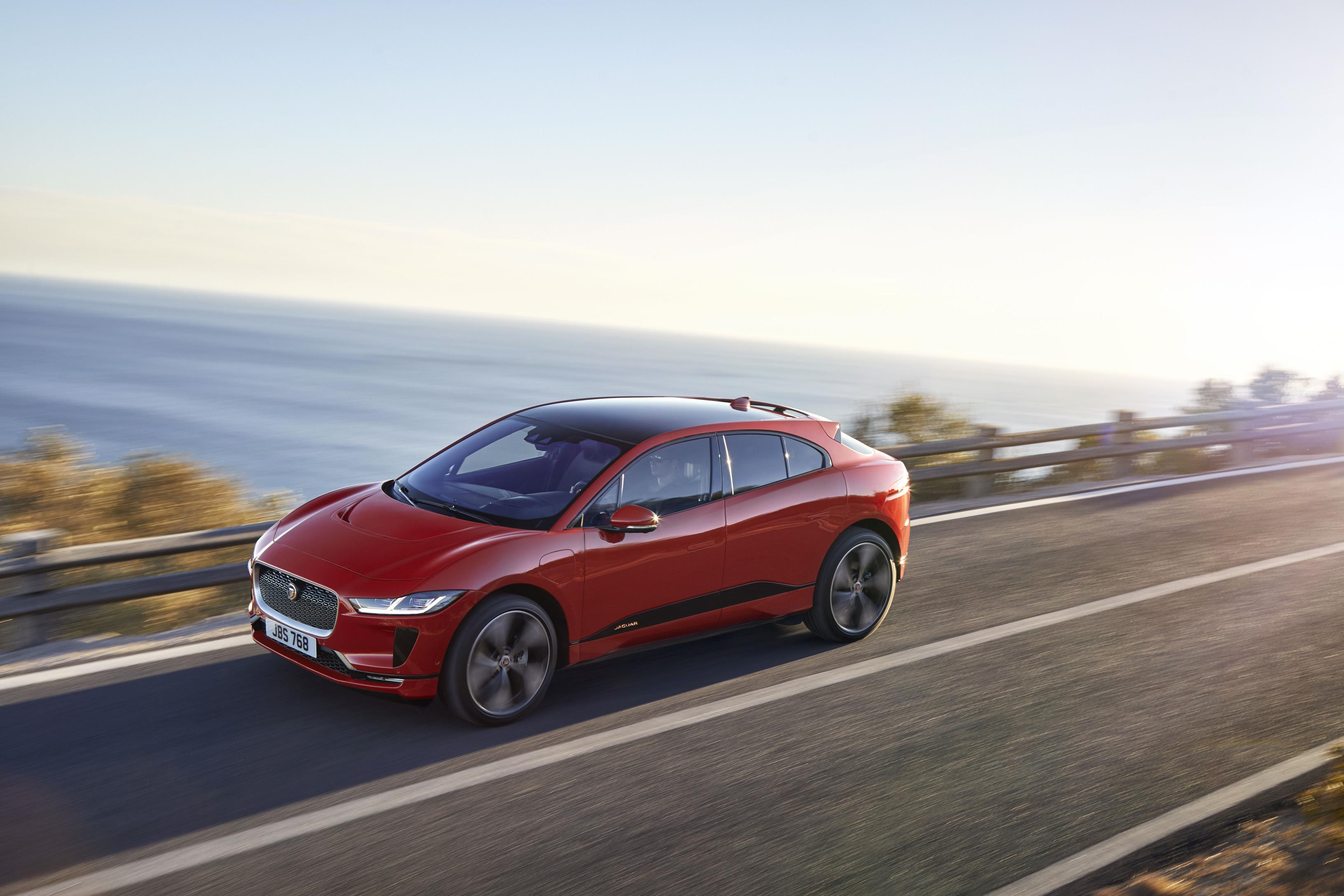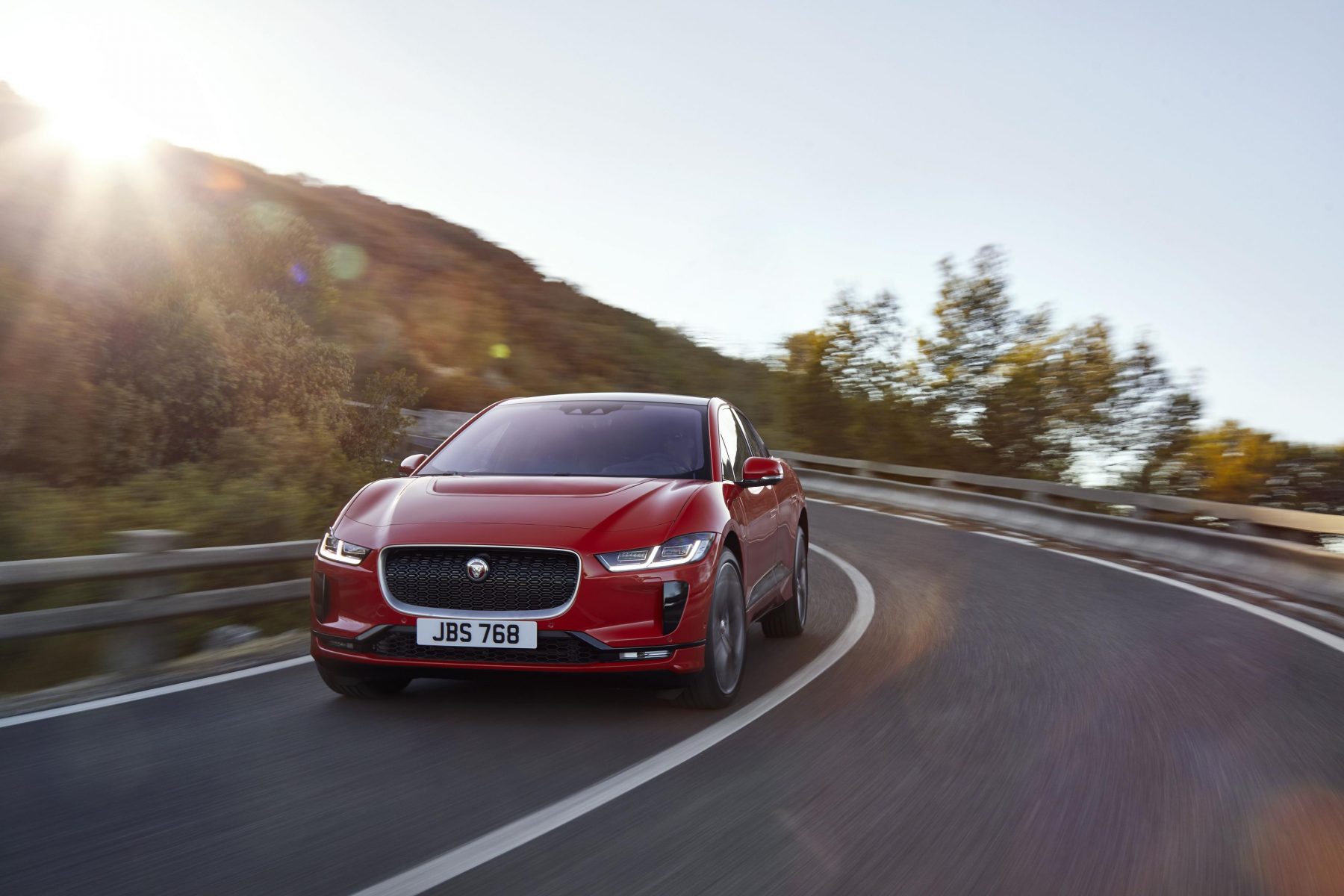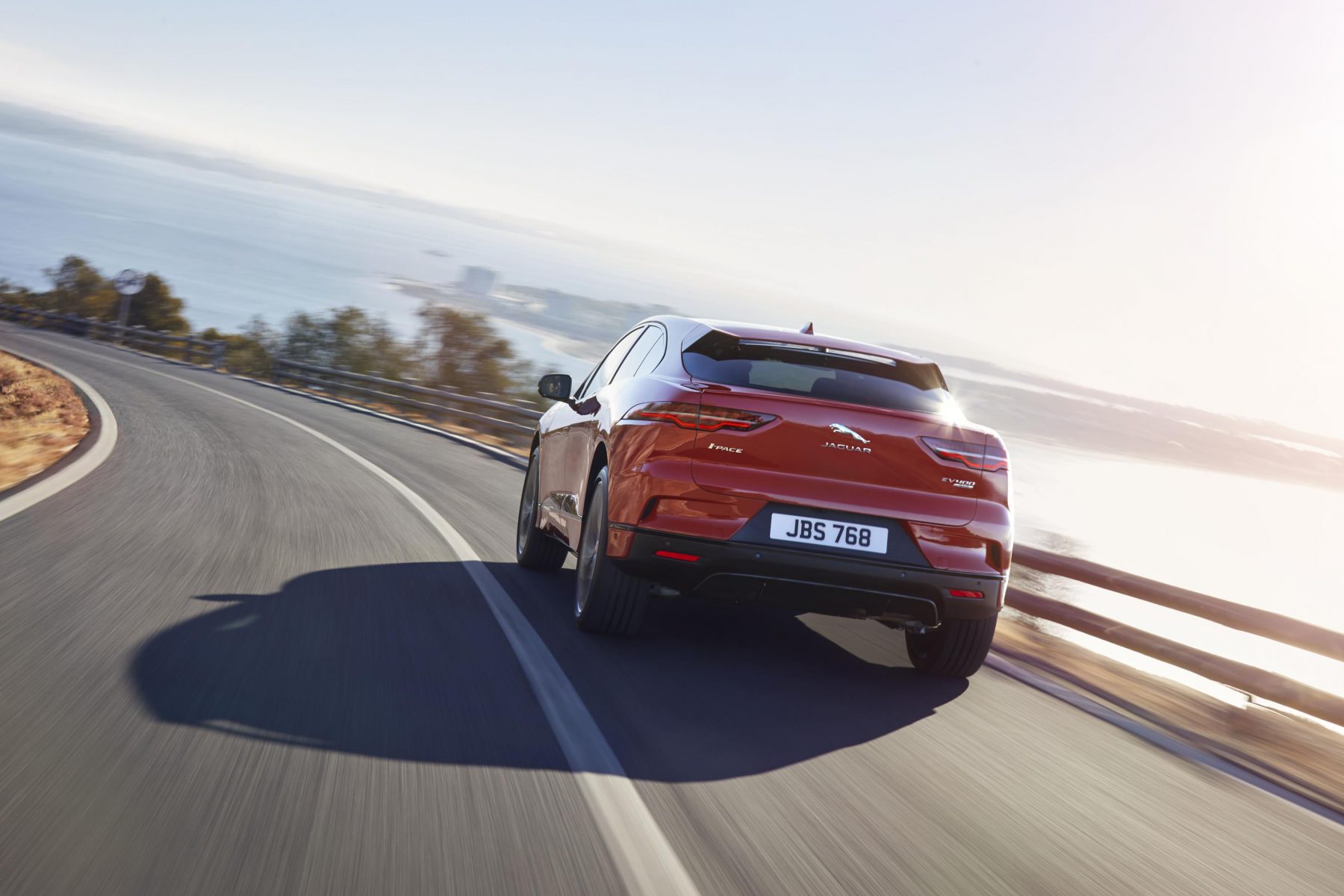Dashboard cameras are fast becoming a common purchase among motorists, offering an unbiased and clear eyewitness account of incidents and accidents on the roads.
The market for these cameras has boomed in recent years, meaning there’s many to choose from – which can be intimidating if you’re unsure what to look for. We’ve picked seven of the best on the market today to help you find the right dash cam.
Nextbase 312GW

Quite possibly the best all-round option on the dash cam market is the Nextbase 312GW, thanks to a generous helping of features for its price.
It records footage in full HD 1080p at 30fps which can be streamed directly to a mobile device thanks to on-board WiFi. There’s also GPS and a G force recorder built into the compact camera, providing extensive data in the event of an accident.
Price: £99 (Halfords)
RoadHawk Vision

The RoadHawk Vision is a discreet way to have a dash cam in your car, thanks to a small cylinder design.
Despite this, it still offers plenty of bang for your buck. It can record 1296p ‘SuperHD’ resolution at 30fps, and also features a HDR sensor that optimises the image based on real-time lighting.
Price: £136.18 (Amazon.co.uk)
Z-Edge Z3

If you’re on a budget, the Z-Edge Z3 is one of the best ways to fit your car with a video recorded without breaking the bank.
It offers all the basics – 1080p recording, a built-in rechargeable battery and a 145-degree field of view to give a clear view of the road ahead. It even comes with a 32gb SD card, ensuring you’ve got plenty of room for footage out of the box.
Price: £79.99 (Amazon.co.uk)
Nextbase 612GW

Money no object? Then the feature-crammed Nextbase 612GW is the ultimate choice of dash cam currently on the market.
It boasts 4k video recording with a 150-degree wide viewing angle for the best possible footage, which can then be downloaded to mobile devices thanks to built in WiFi. There’s also ‘Intelligent Parking Mode’, which automatically begins recording when motion is detected, so you won’t have to worry about forgetting to switch it on.
Price: £249.99 (Halfords)
Blackvue DR750S-2CH
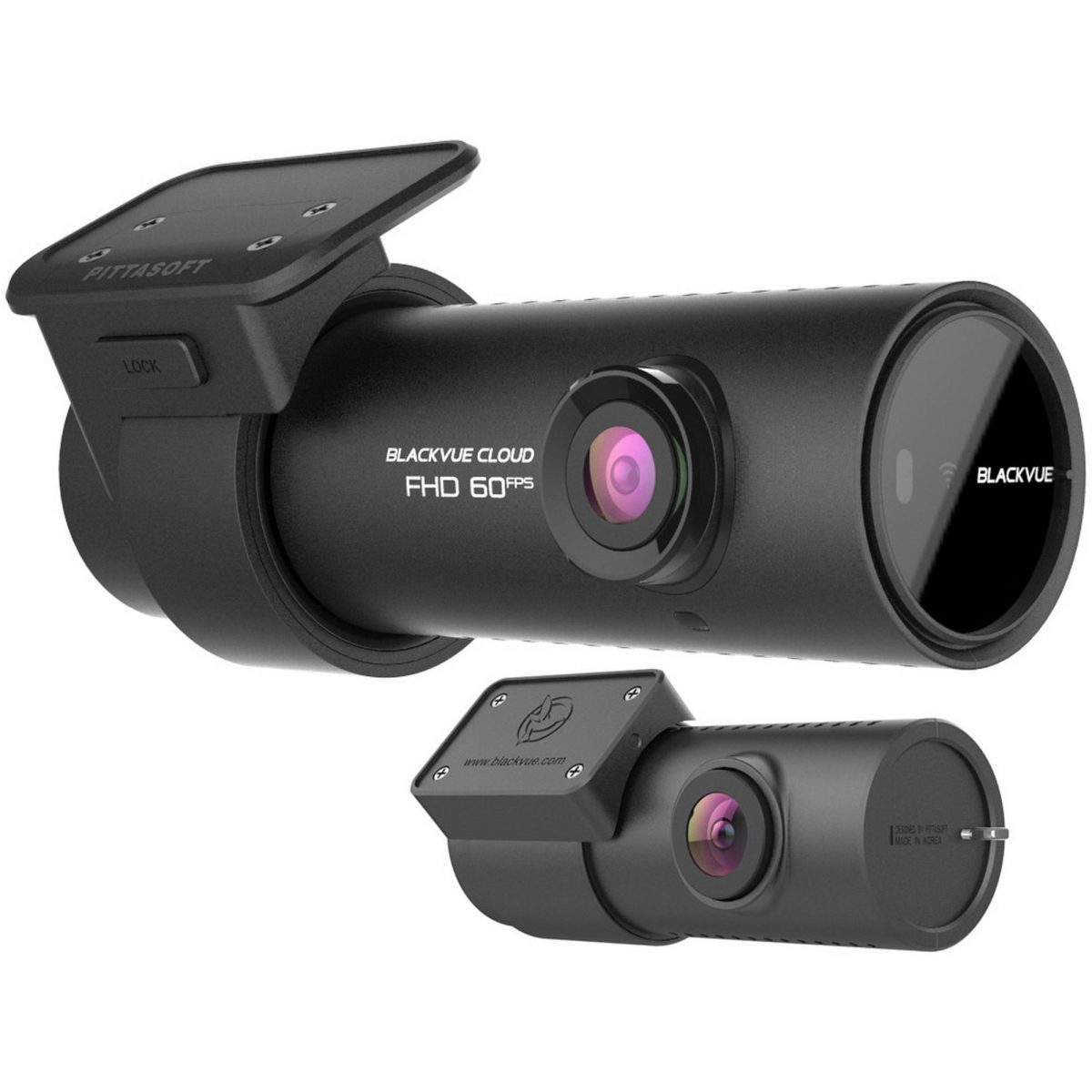
Looking to cover both the front and rear of your car? The Blackvue DR750S-2CH offers just that.
Both lenses on the unit record in smooth 1080p, 60fps and are paired to a Sony STARVIS sensor which optimises lighting. Along with GPS logging and WiFi streaming, the camera also comes with free cloud storage – meaning videos uploaded to Blackvue’s service can be viewed anytime, anywhere.
Price: £349.95 (Halfords)
Garmin Dash Cam 55

The inconspicuous Garmin Dash Cam 55 boasts plenty of quirks and features to stand out on the market.
As well as 1440p recording, it offers voice control which allows you take a picture, record audio and save any particular moments without lifting your hands from the wheel. Plus, there’s even forward collision and lane departure warning technology – a bonus for any car not fitted with the systems.
Price: £149.99 (buy.garmin.com)
Roadeyes recSMART
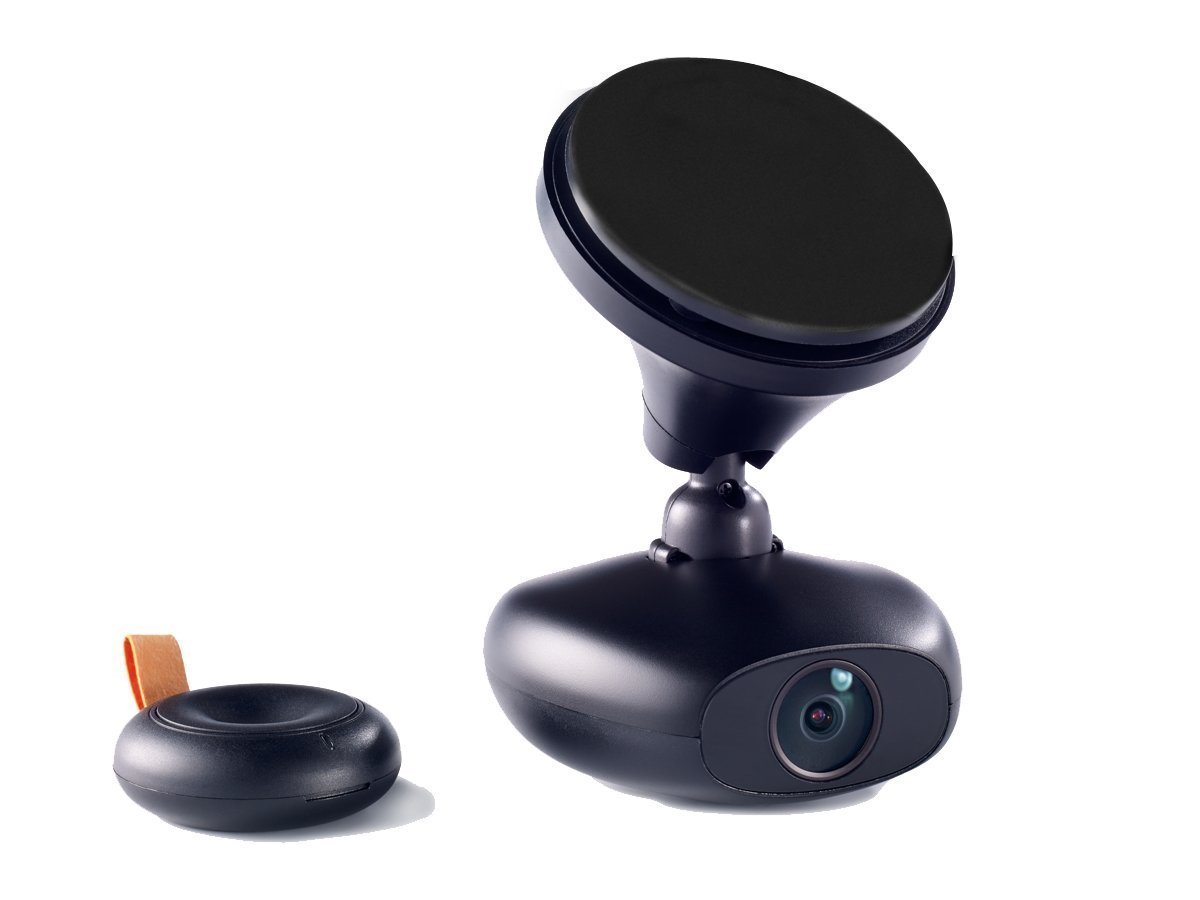
Despite lacking a screen, the recSMART might just be one of the best buys on the market with no gimmicks, simply offering a way to record clear footage on the road.
The clear 2k resolution footage can be viewed from a mobile device using WiFi, which comes time-stamped and geotagged to provide an extremely accurate account of events. There’s also a wireless button bundled, so you can save notable events on the move.
Price: £139.90 (Amazon.co.uk)

